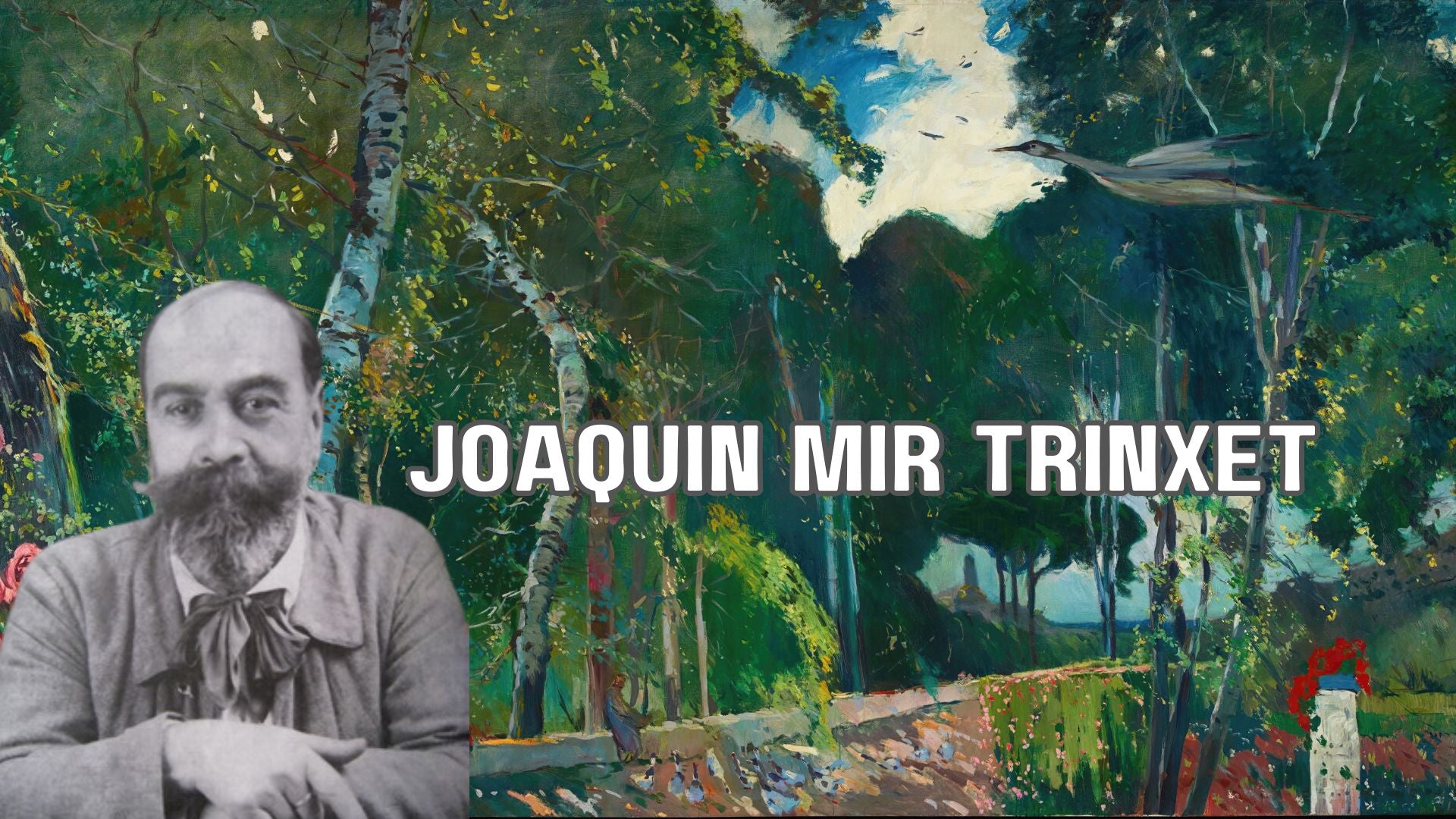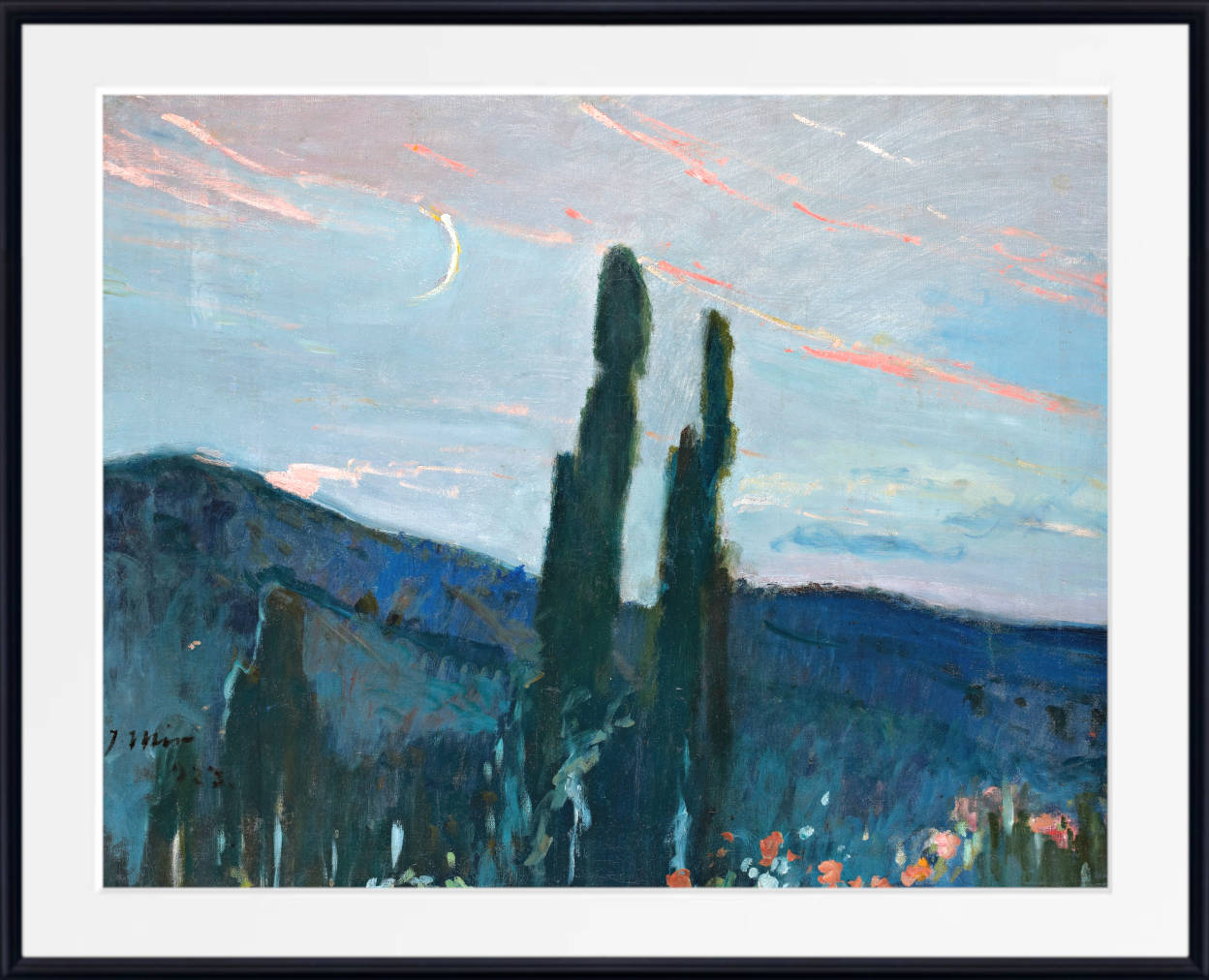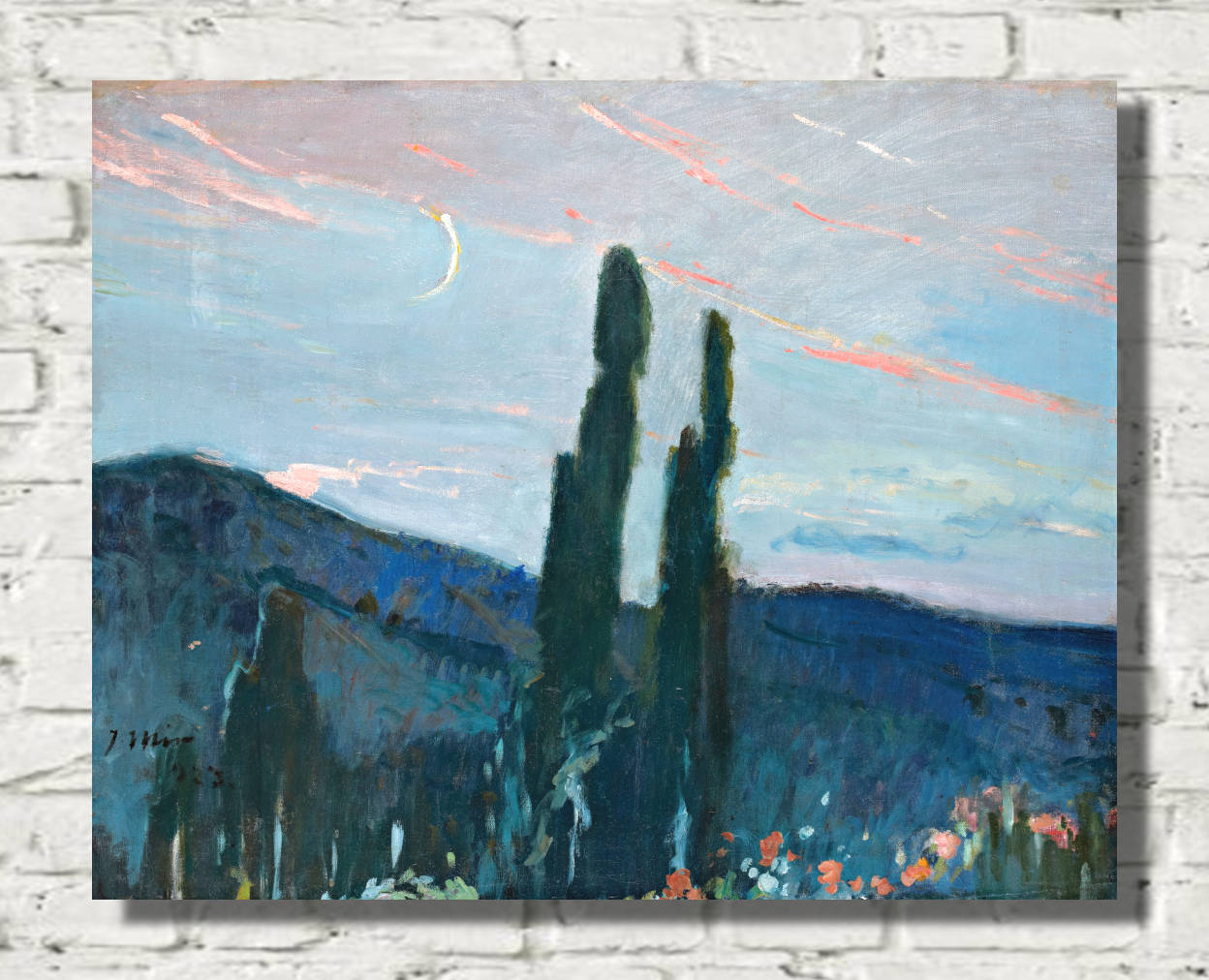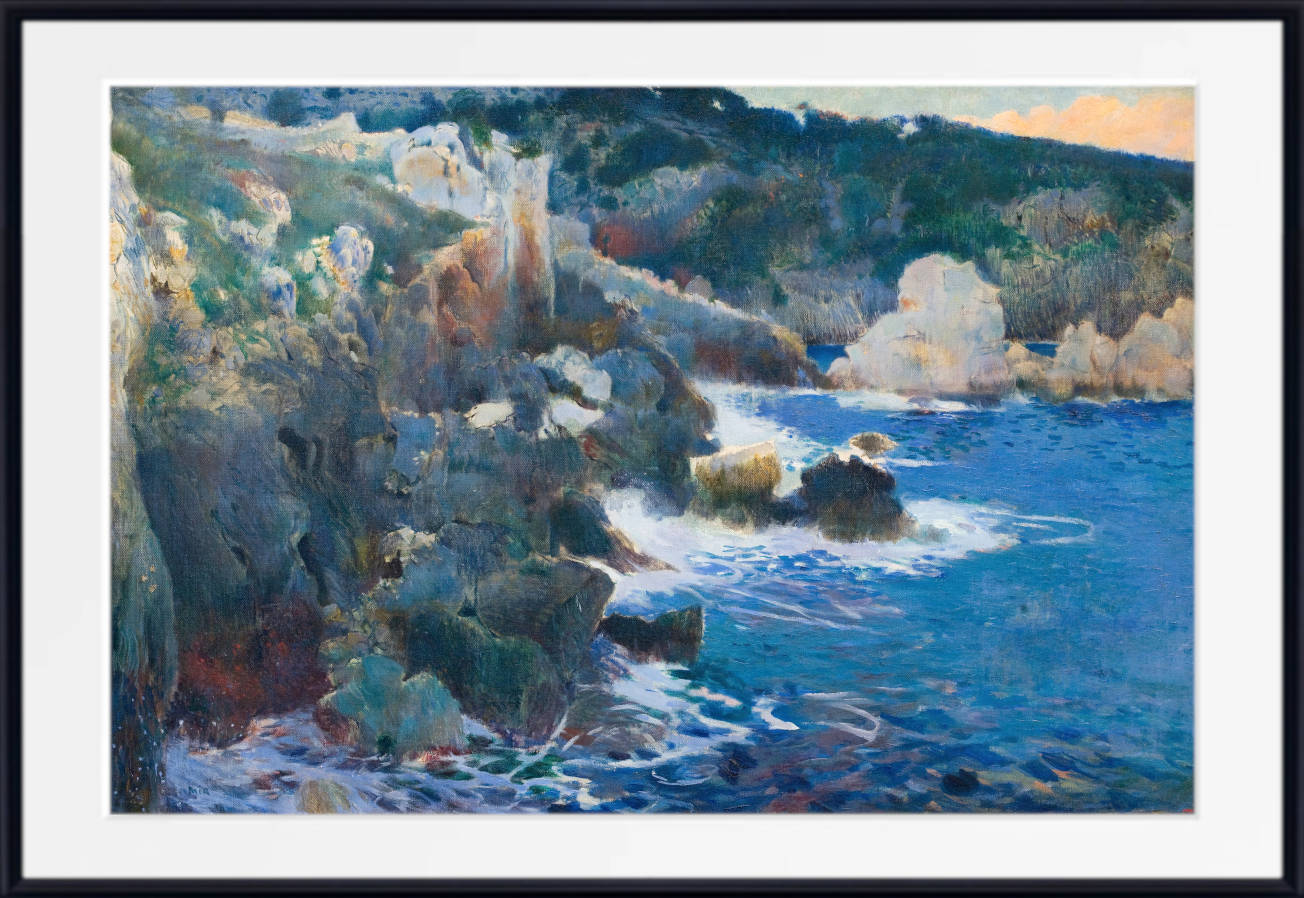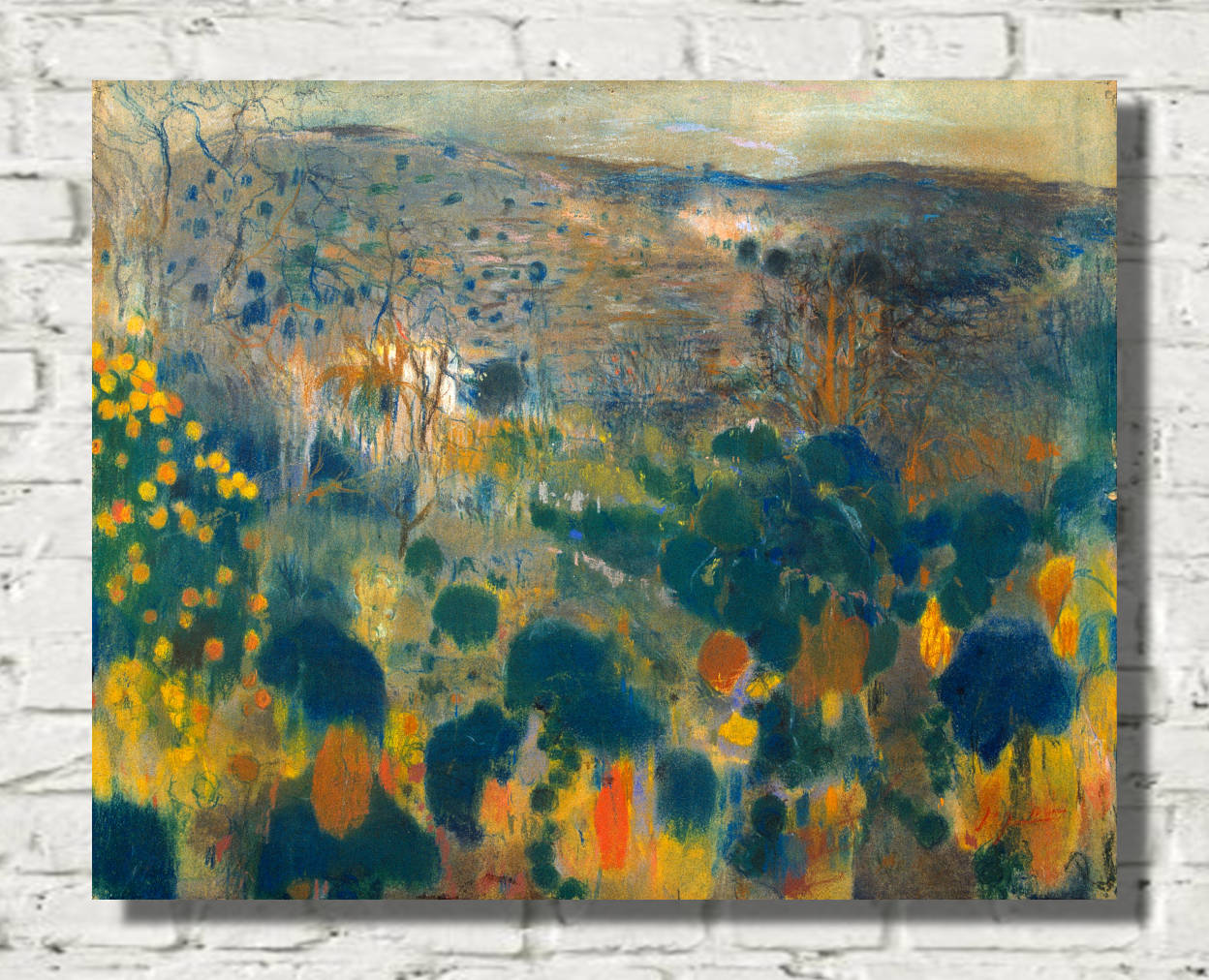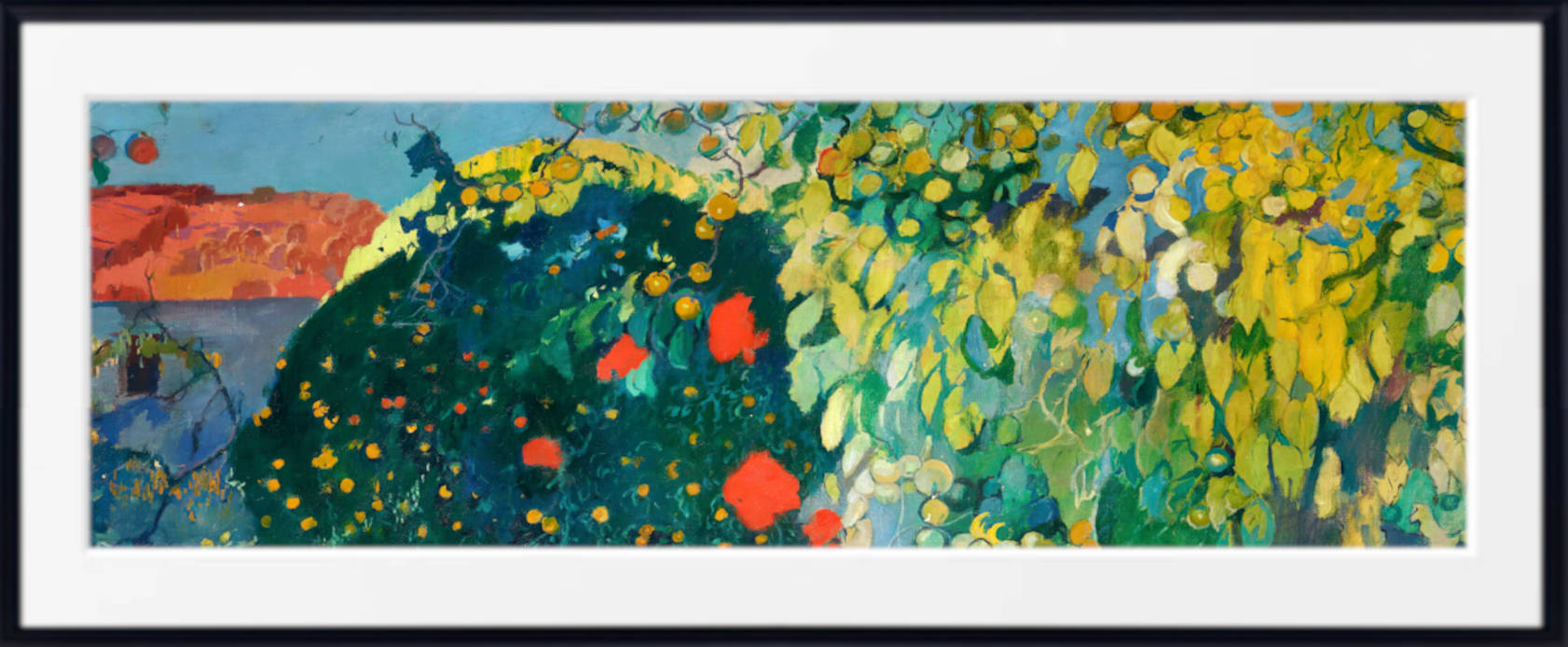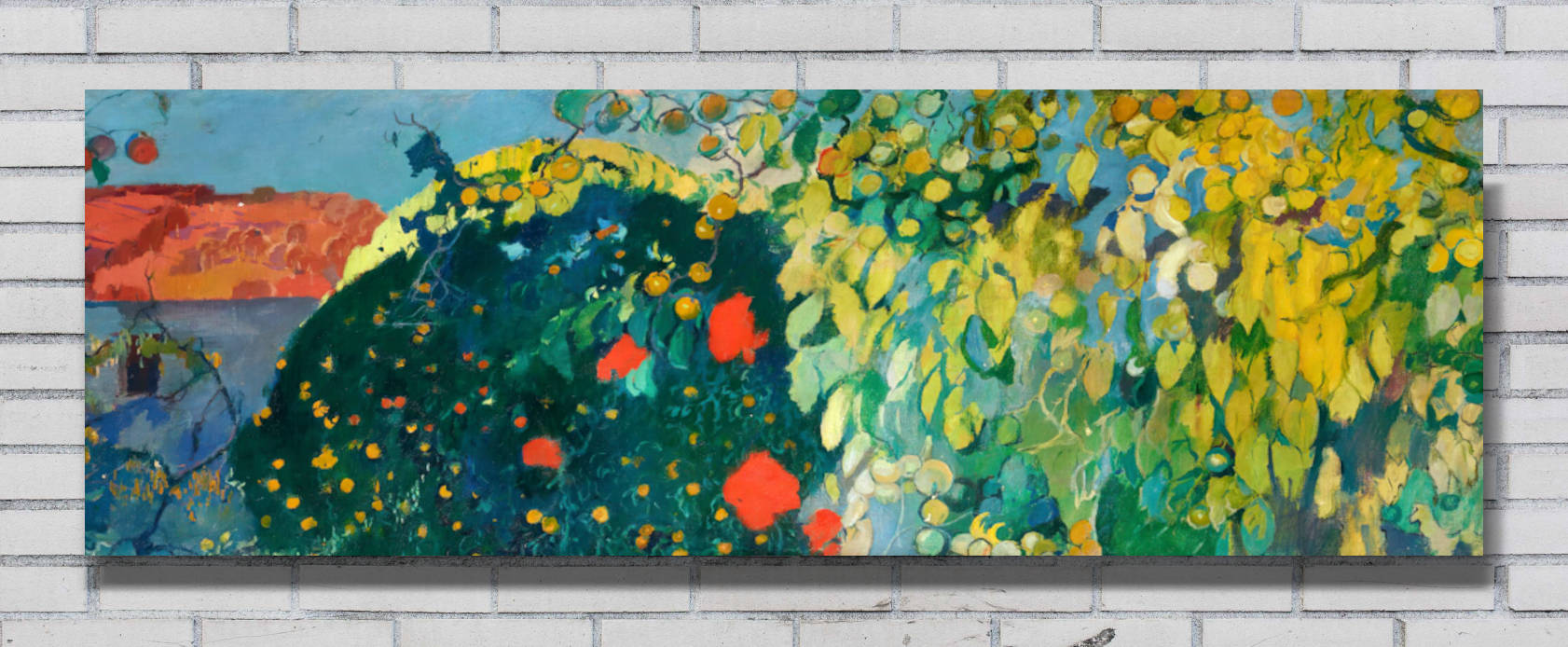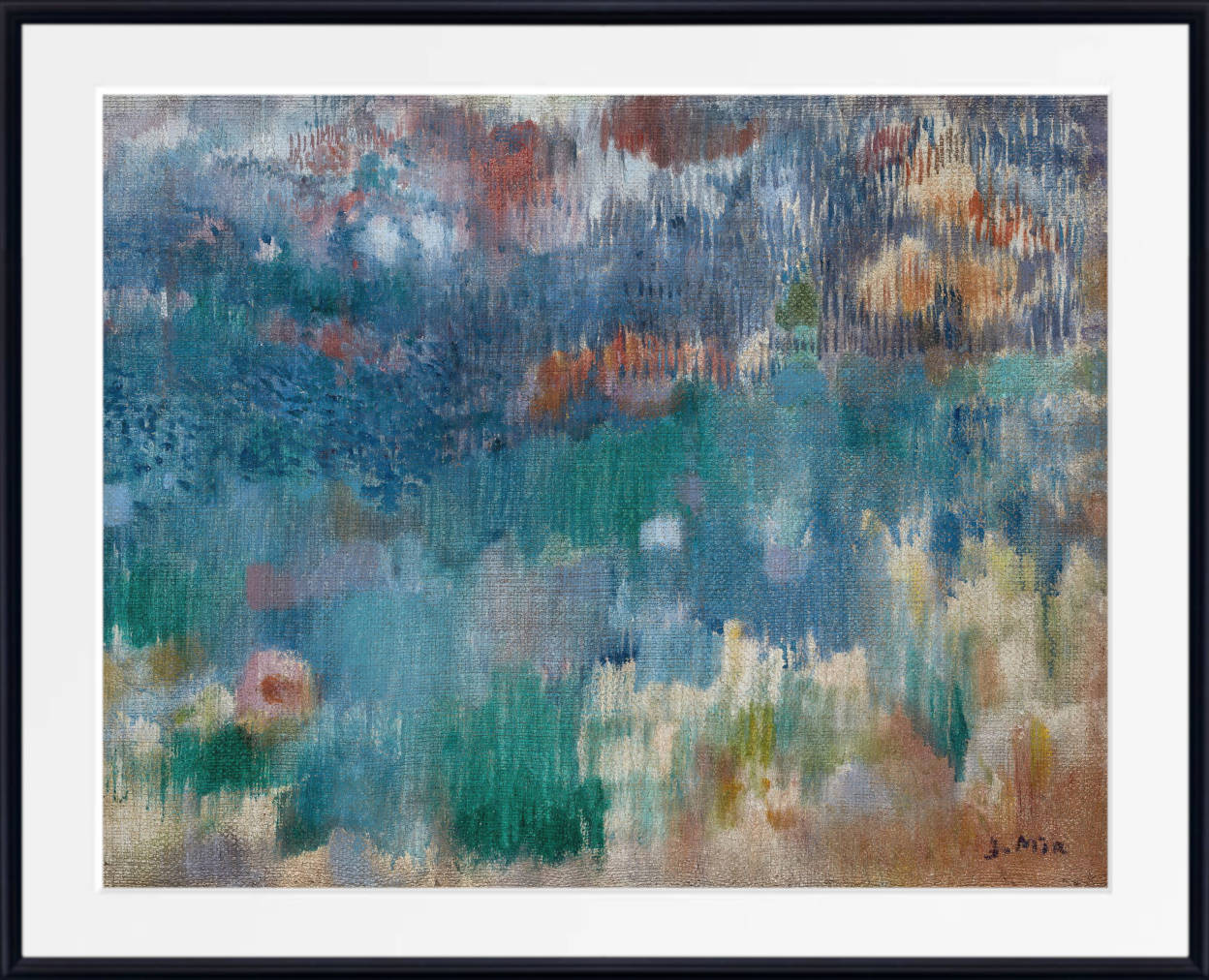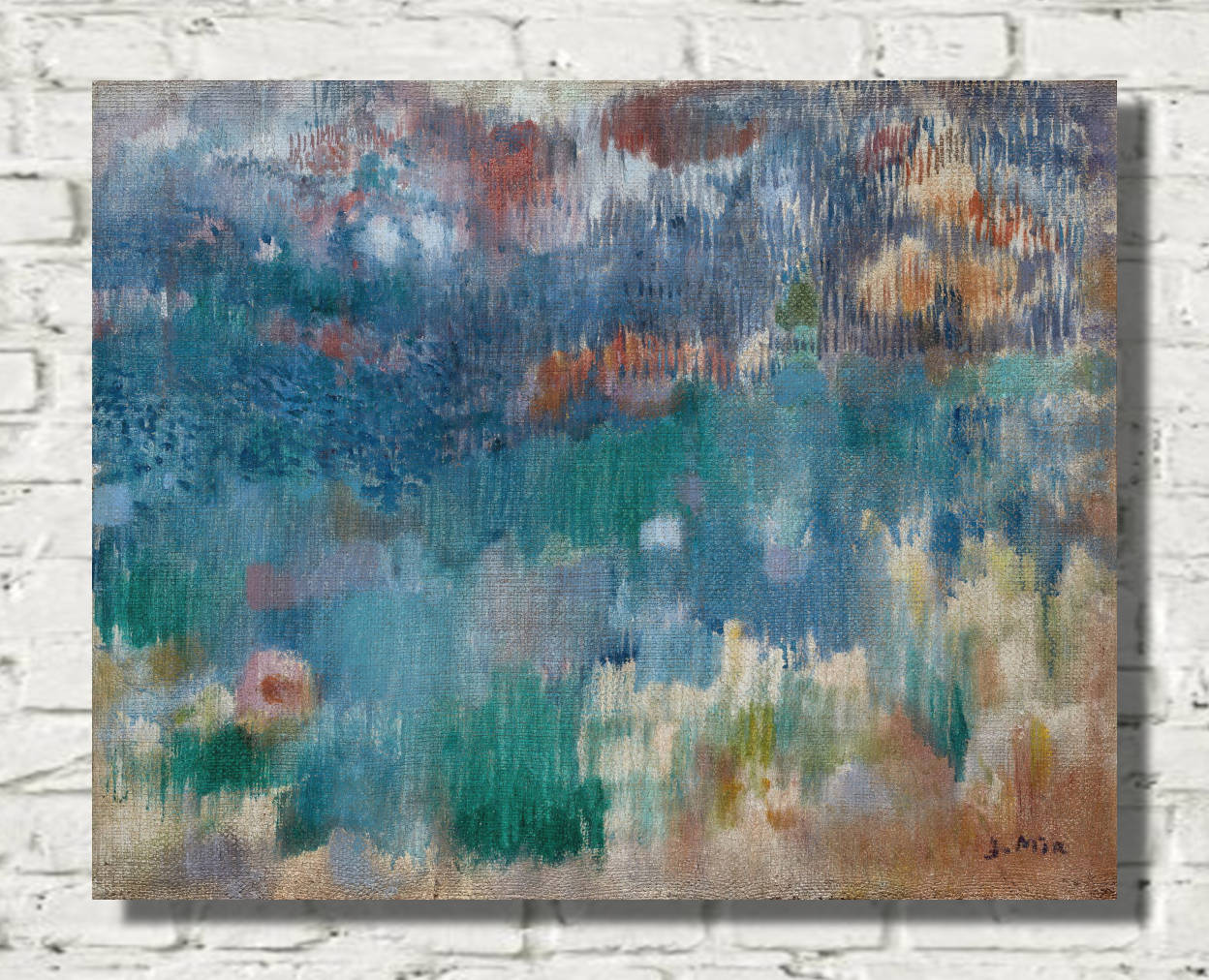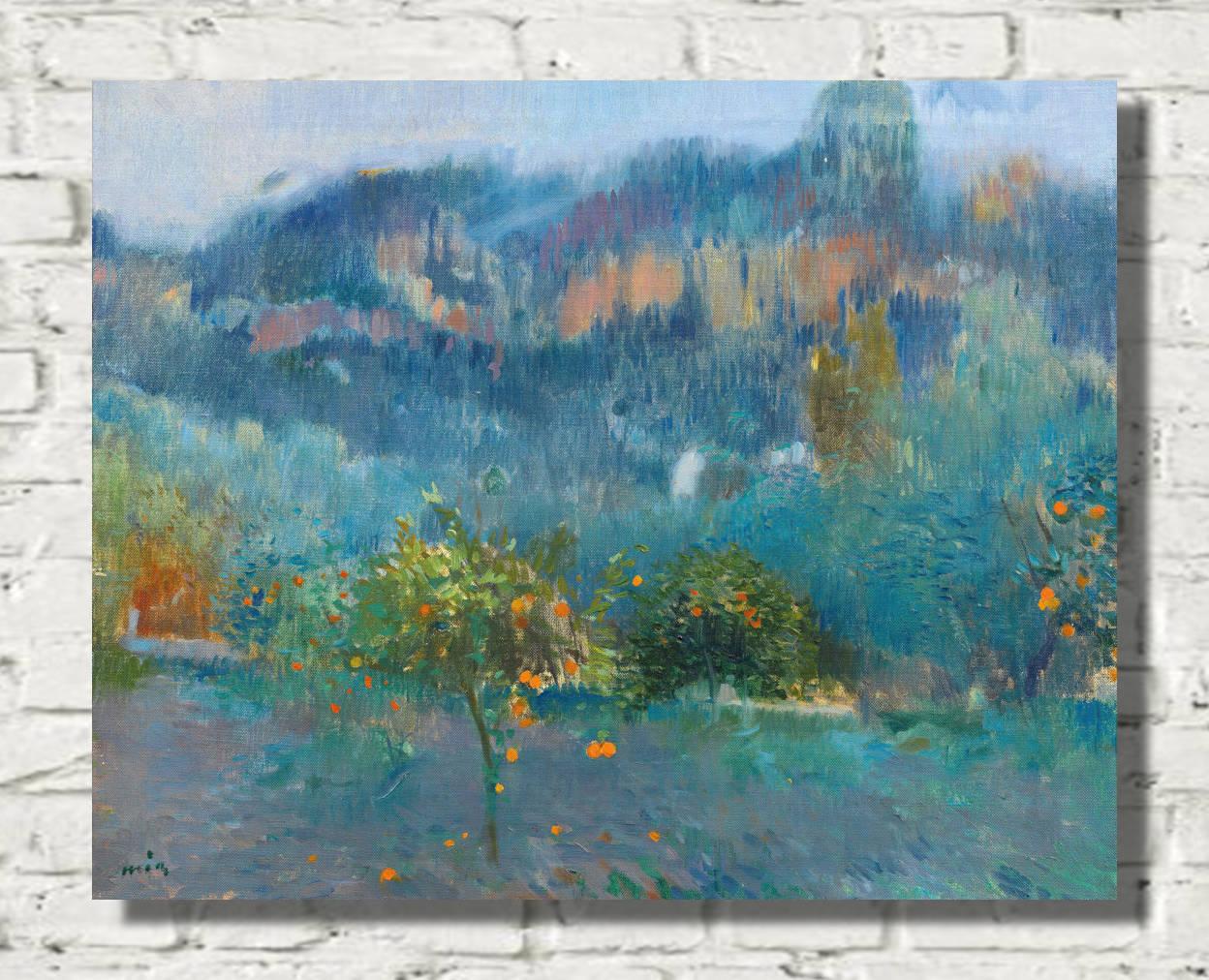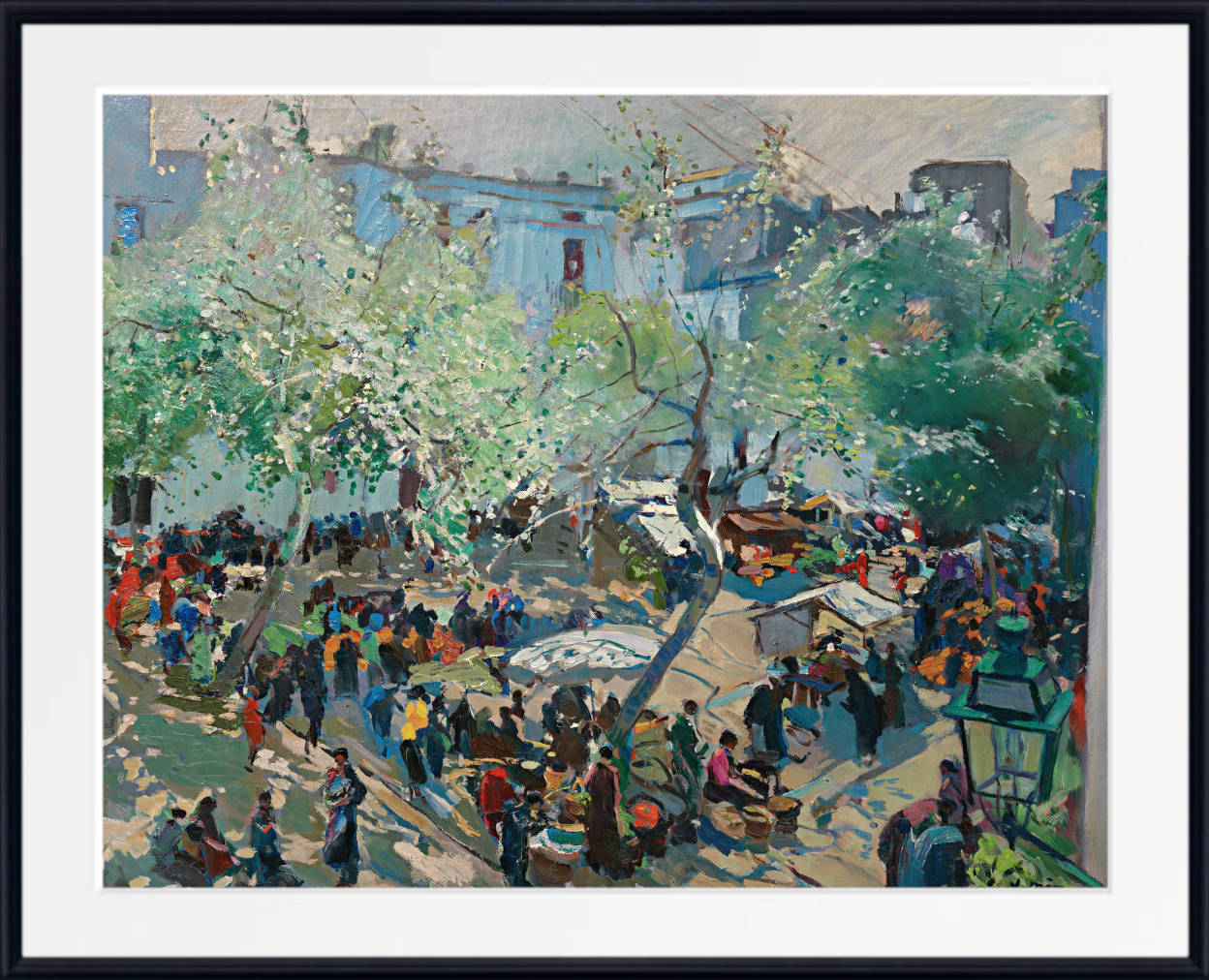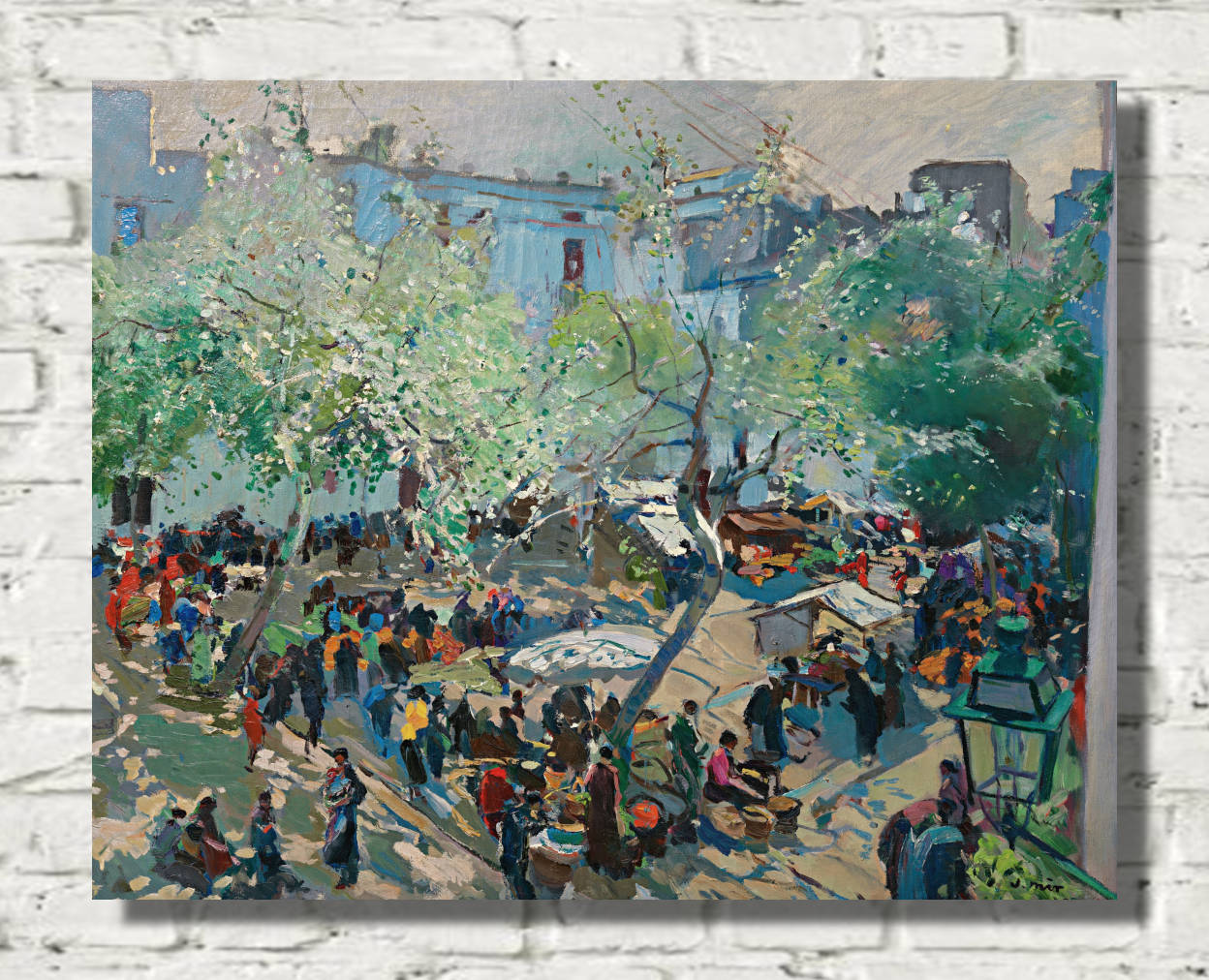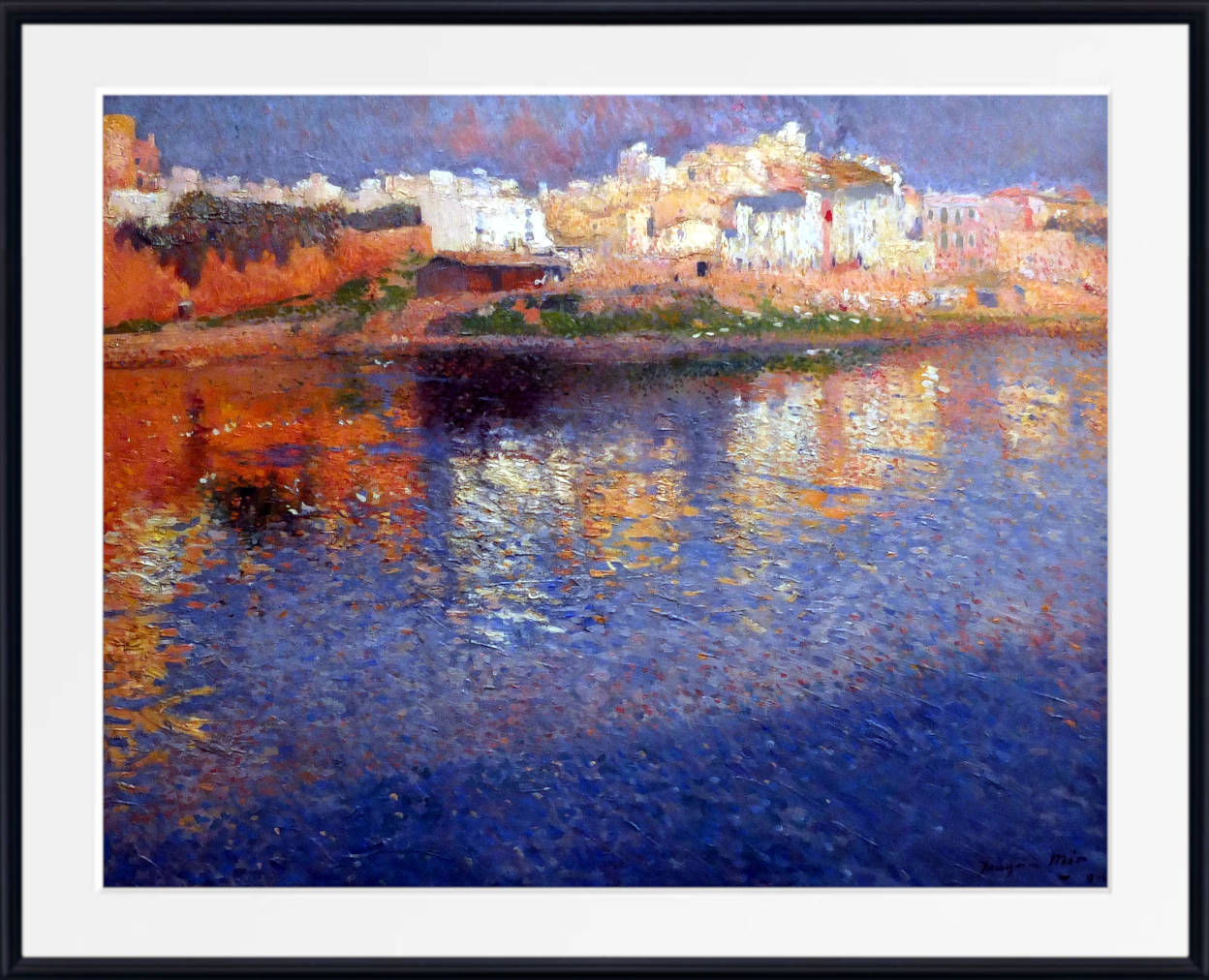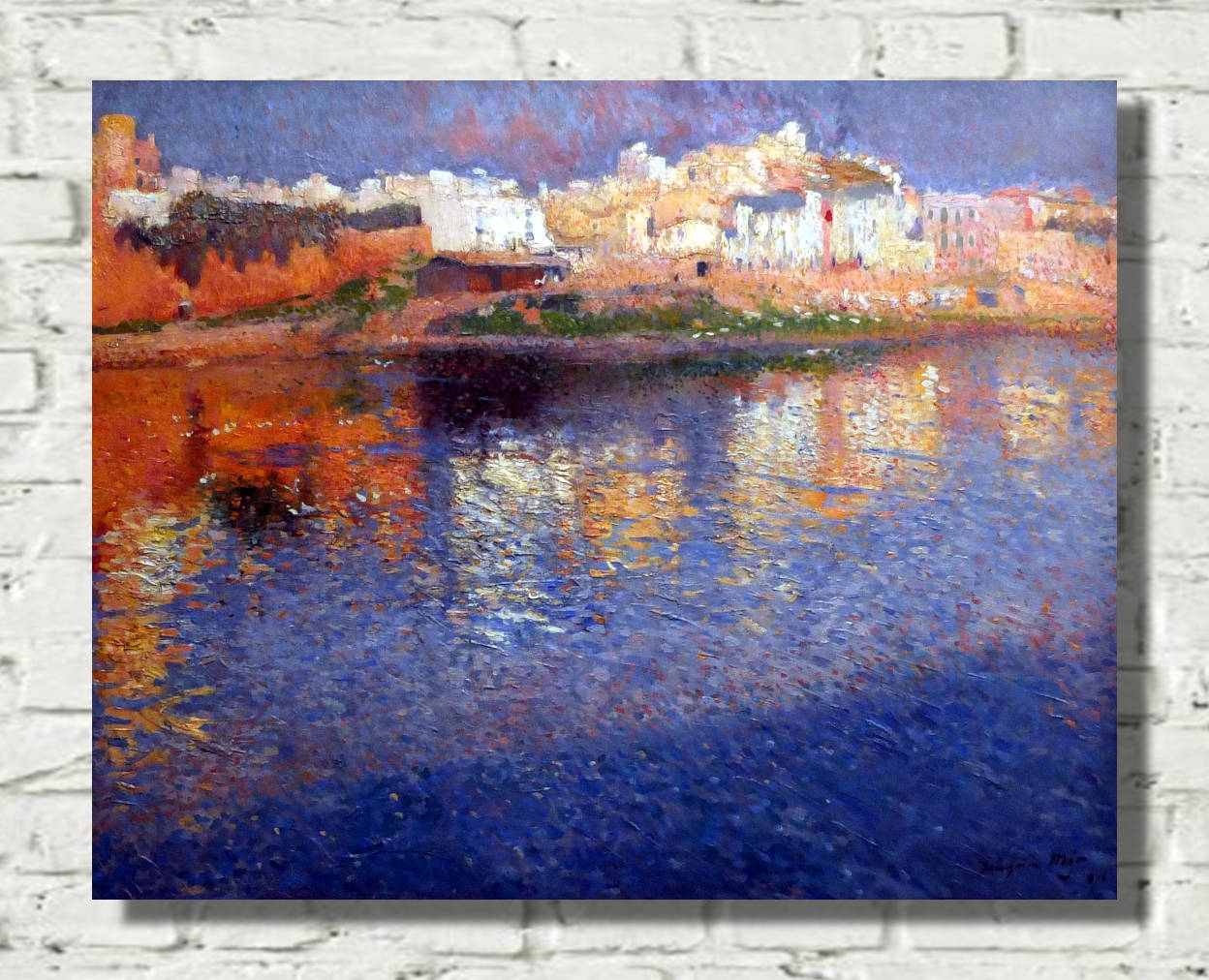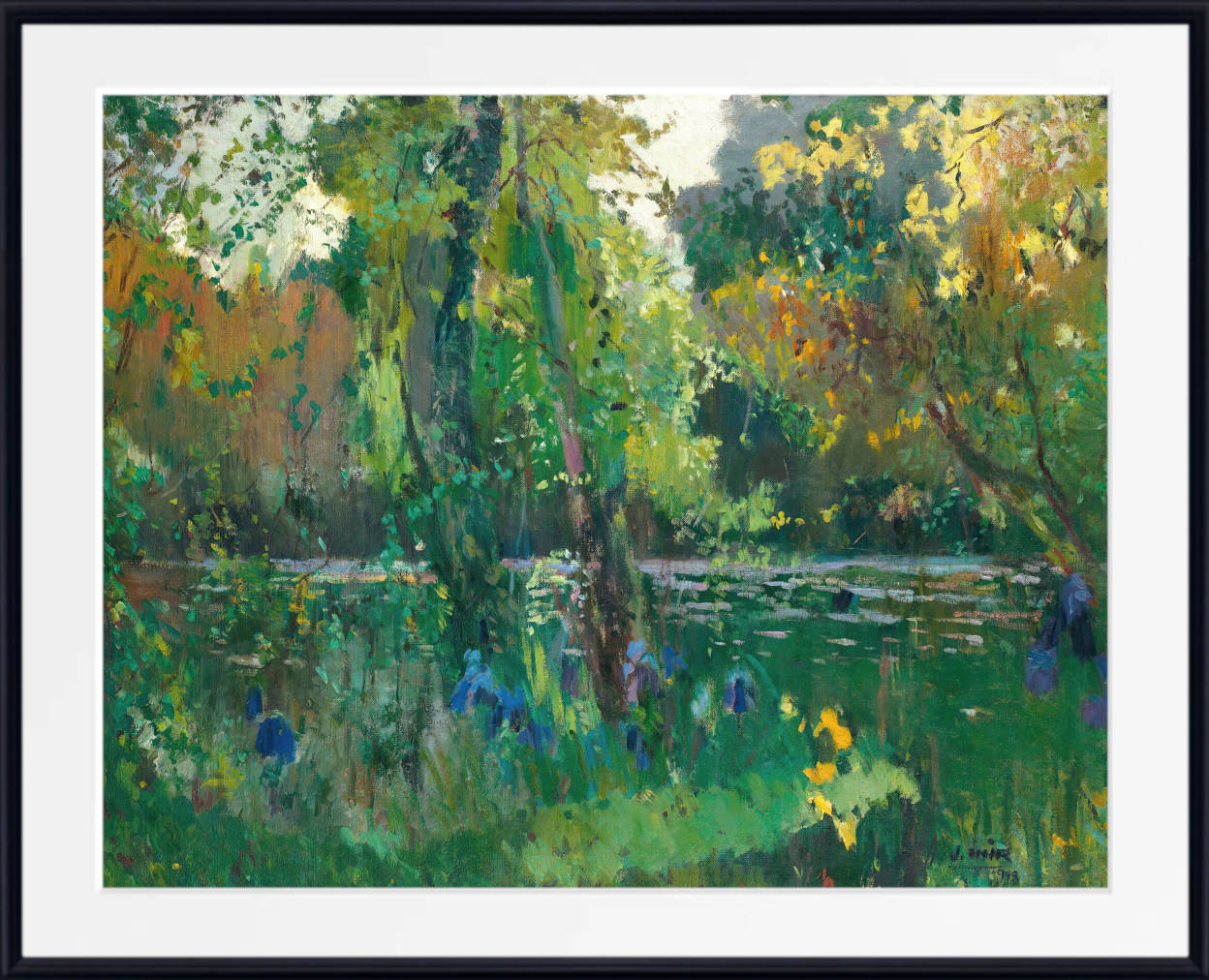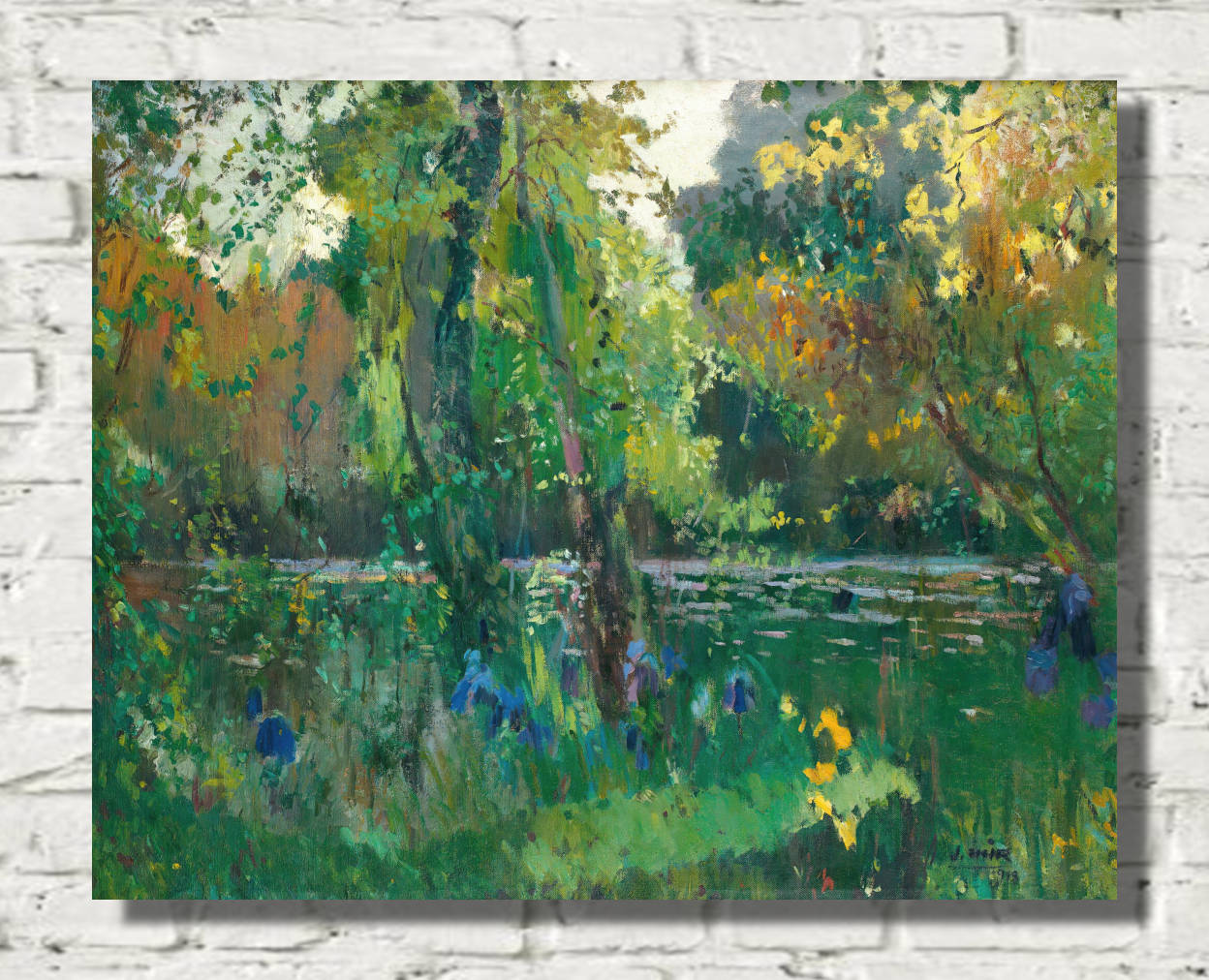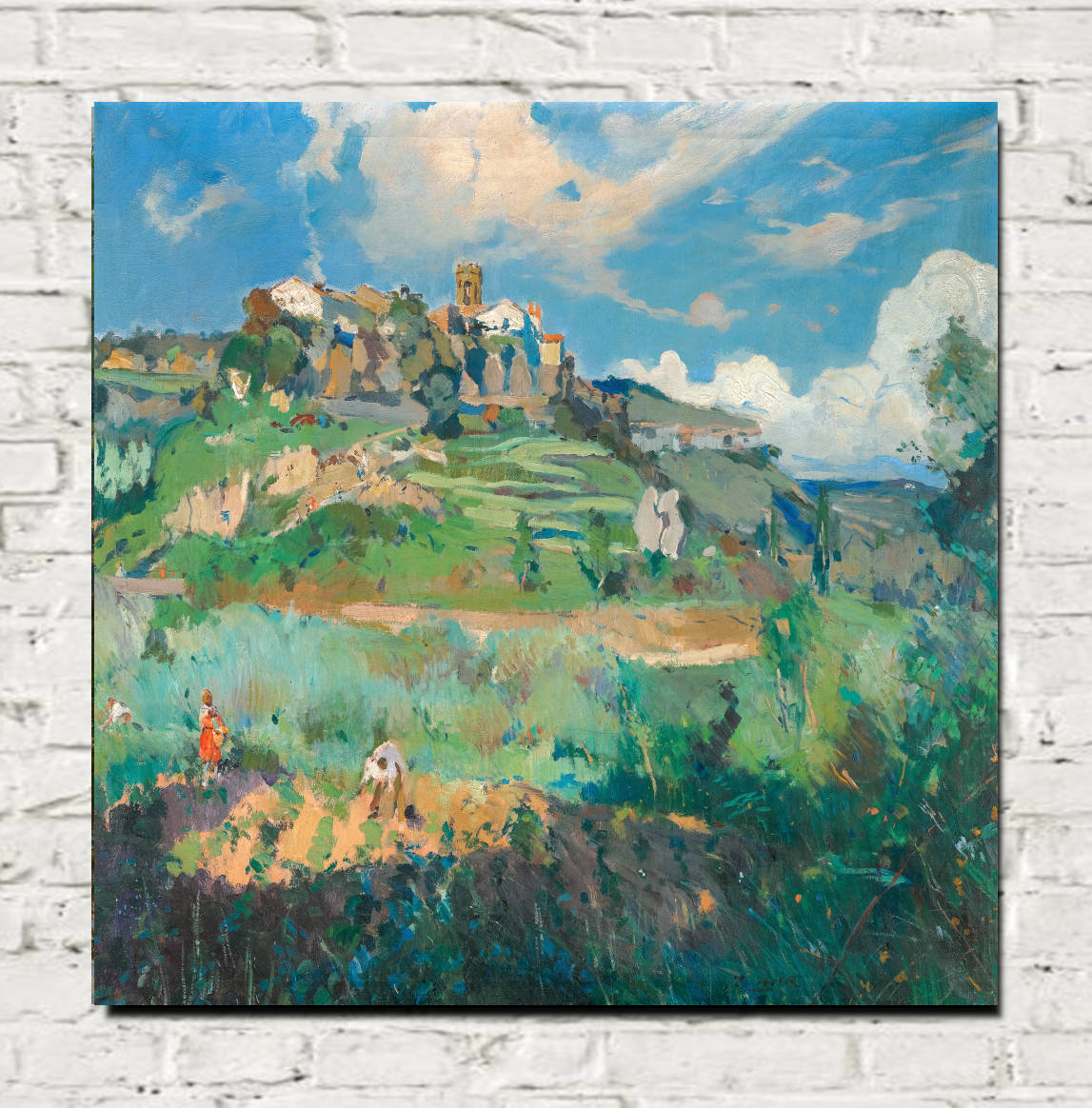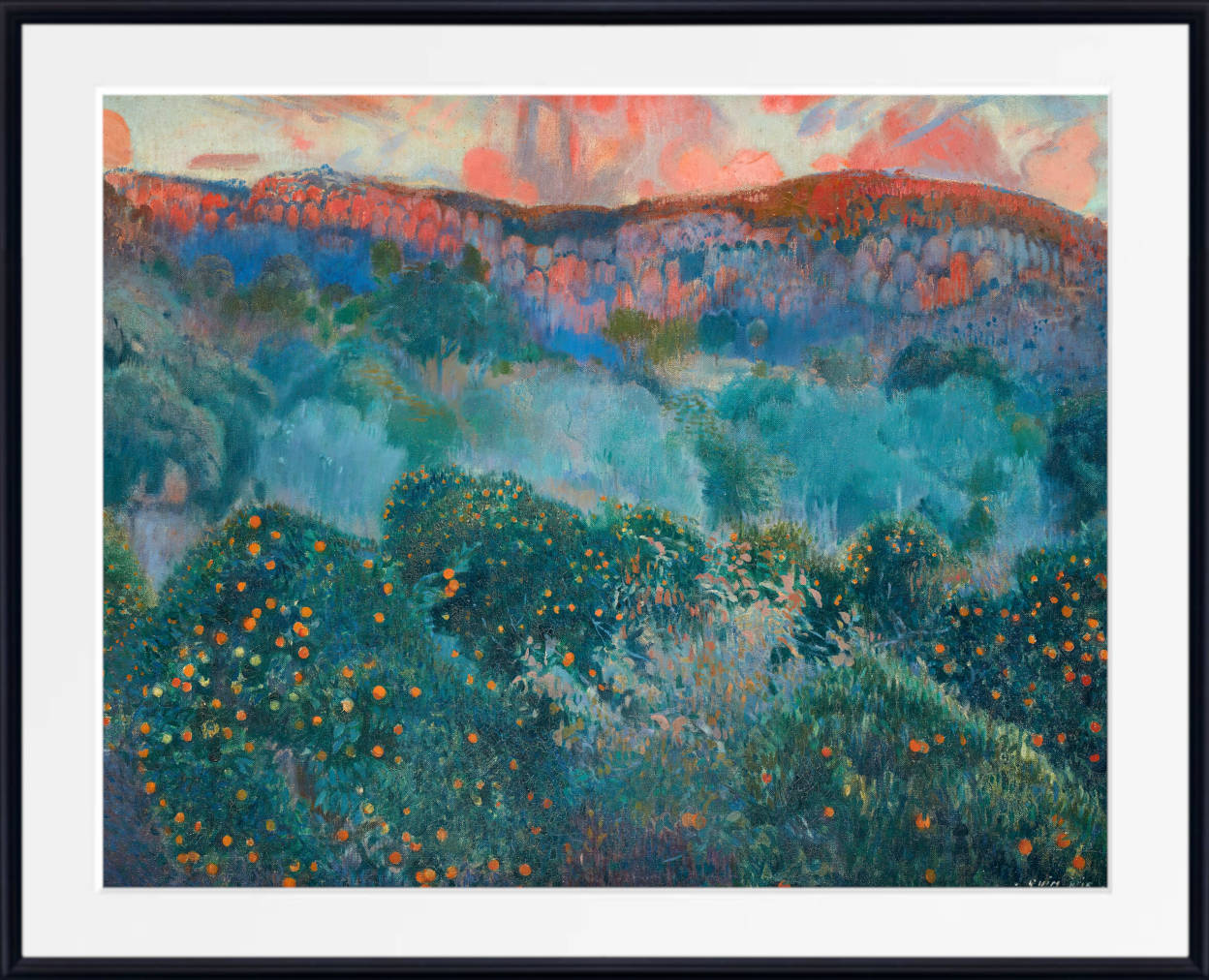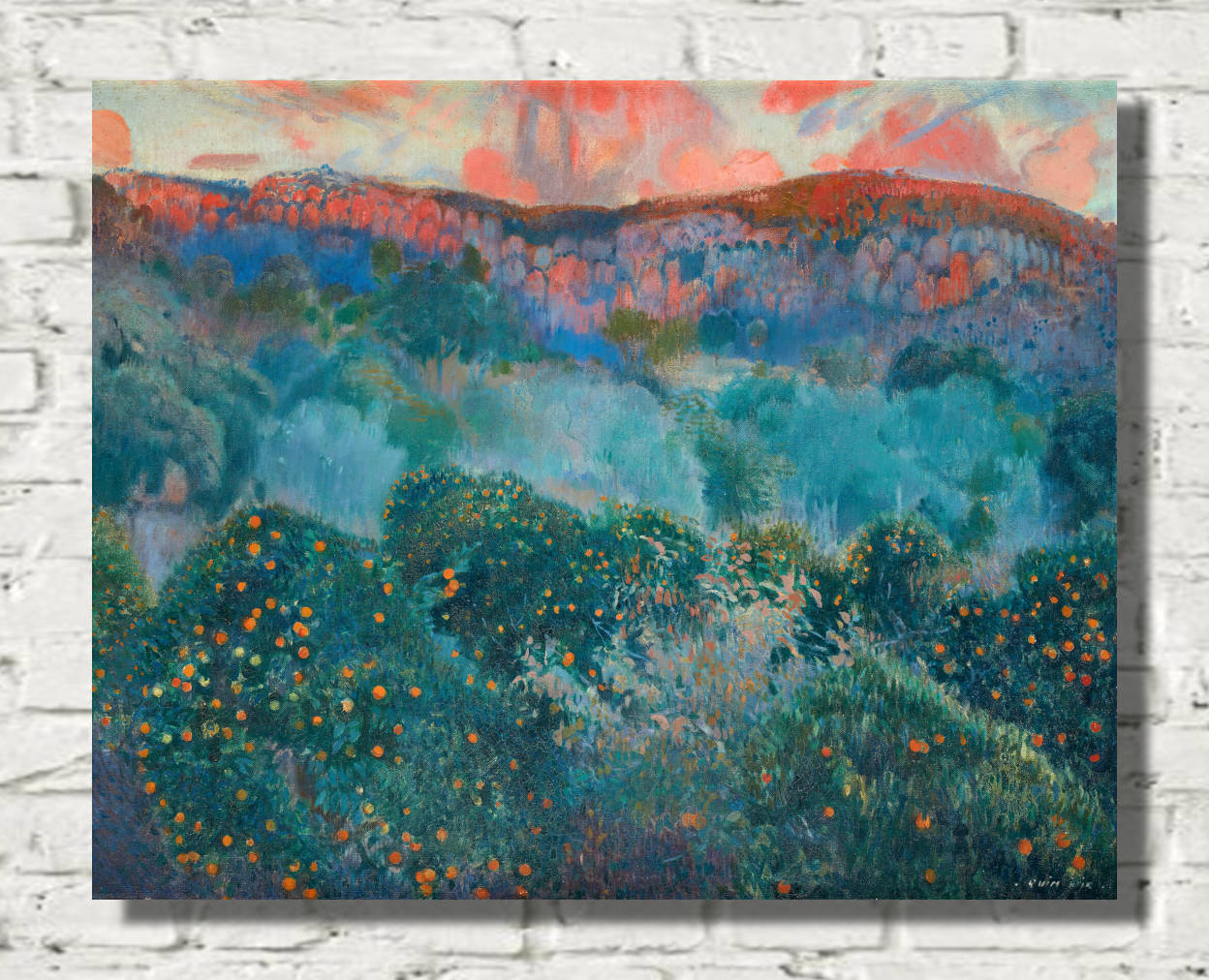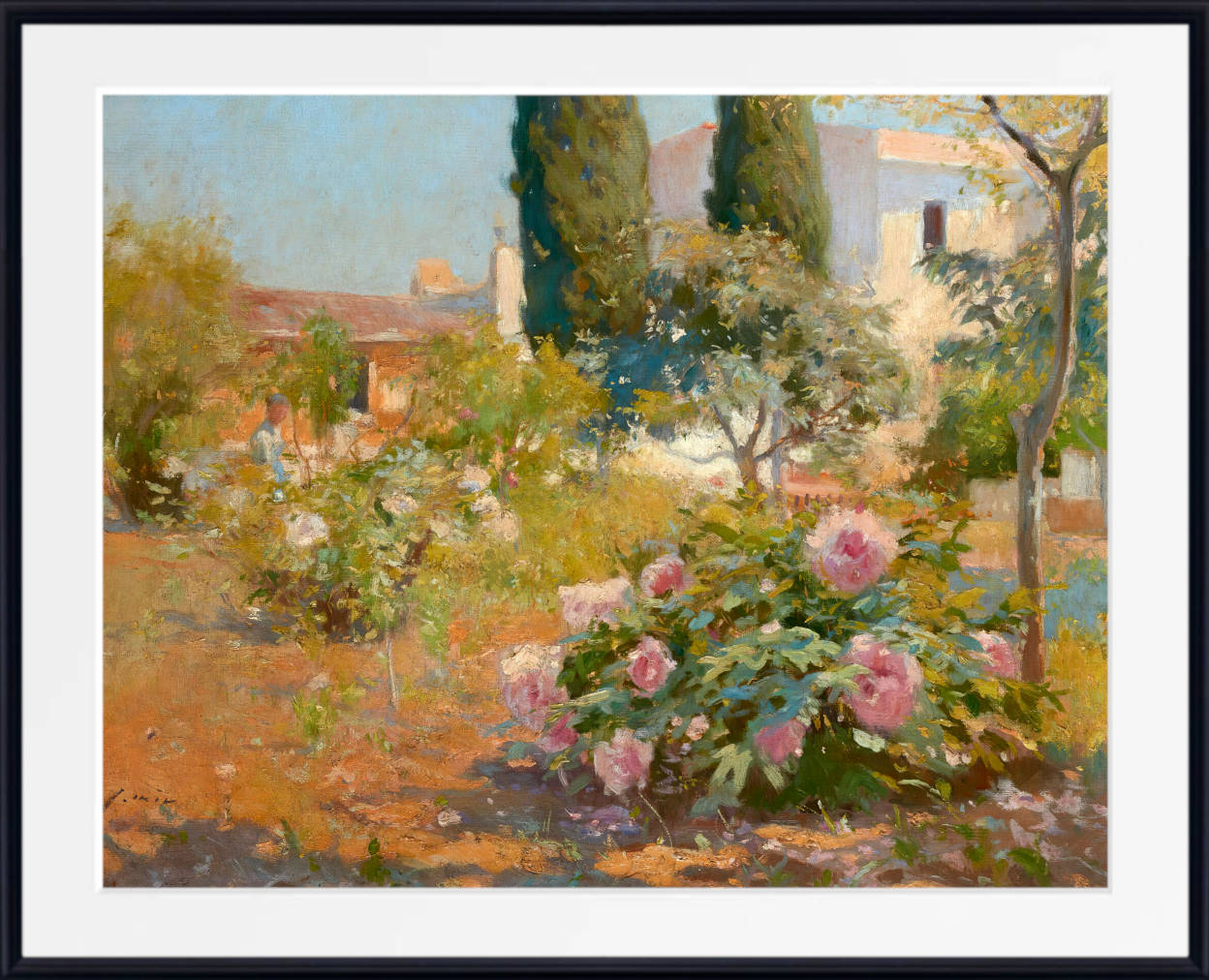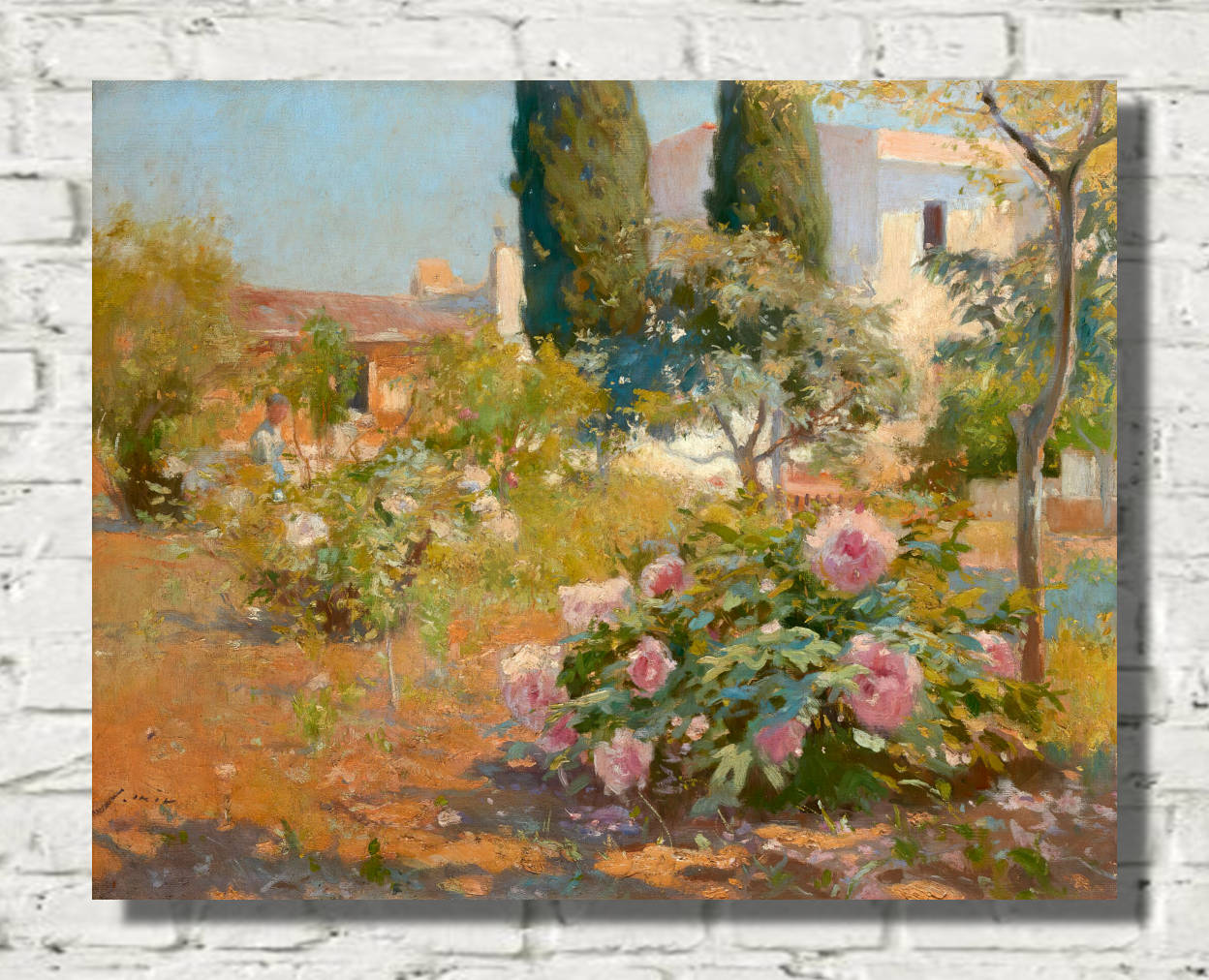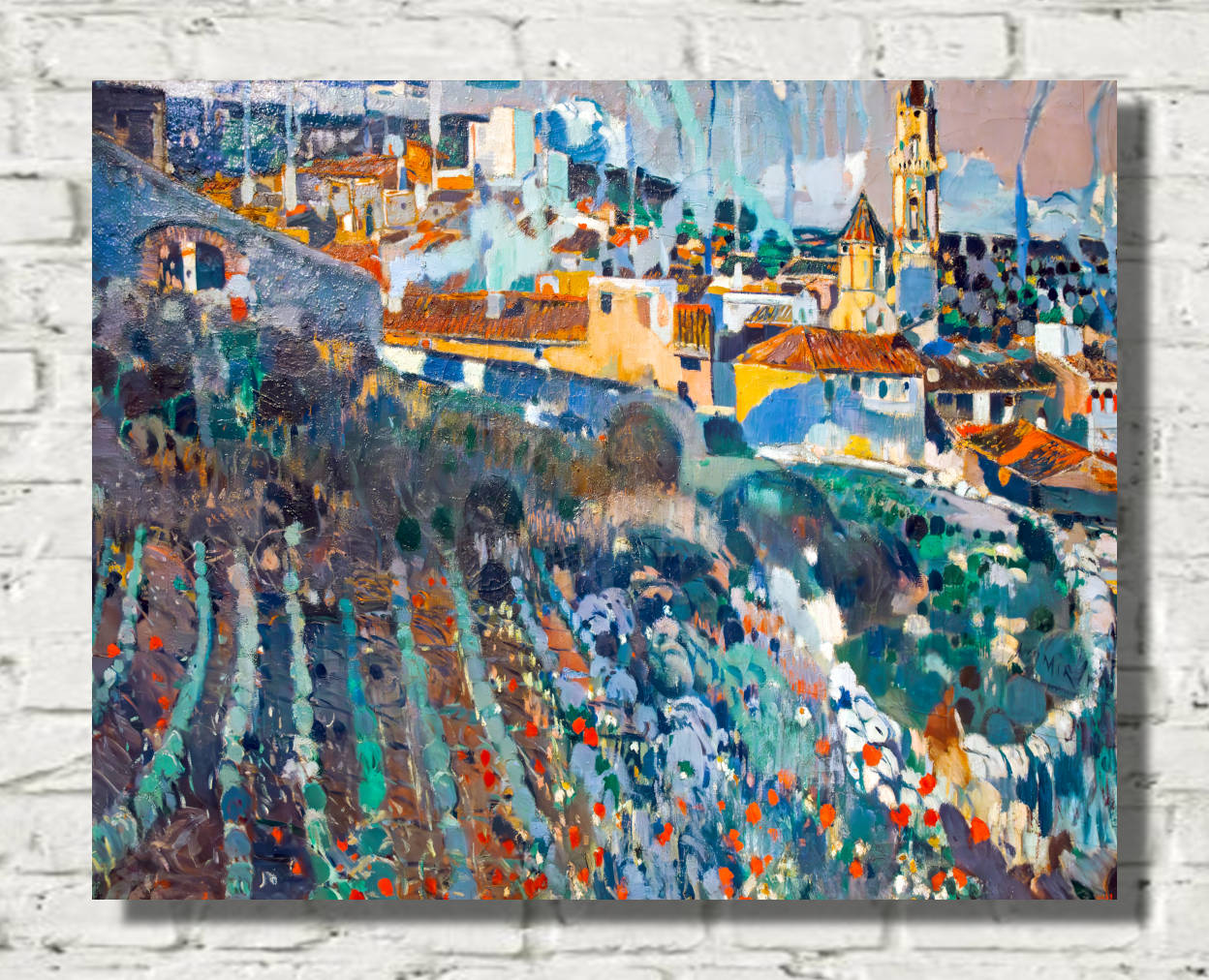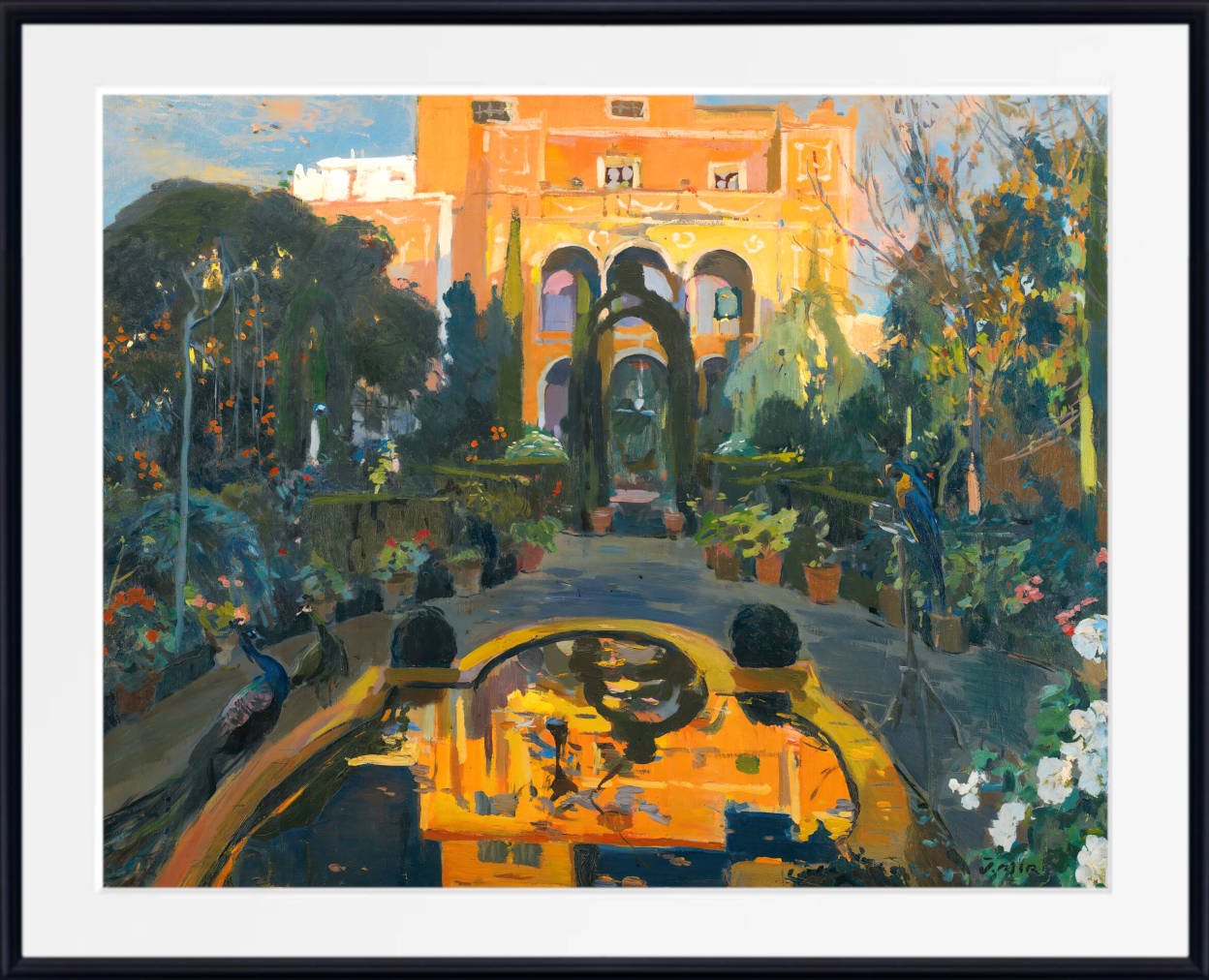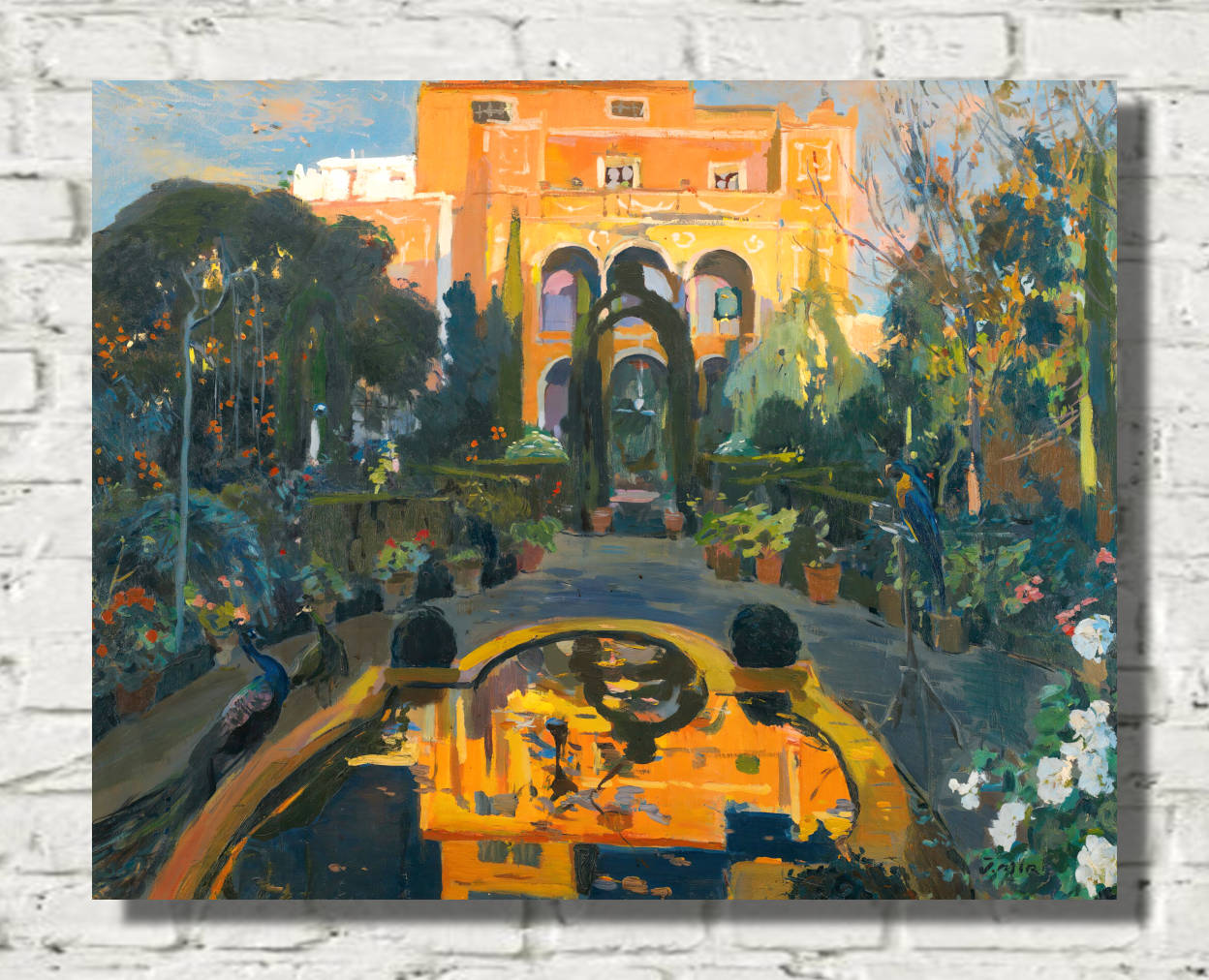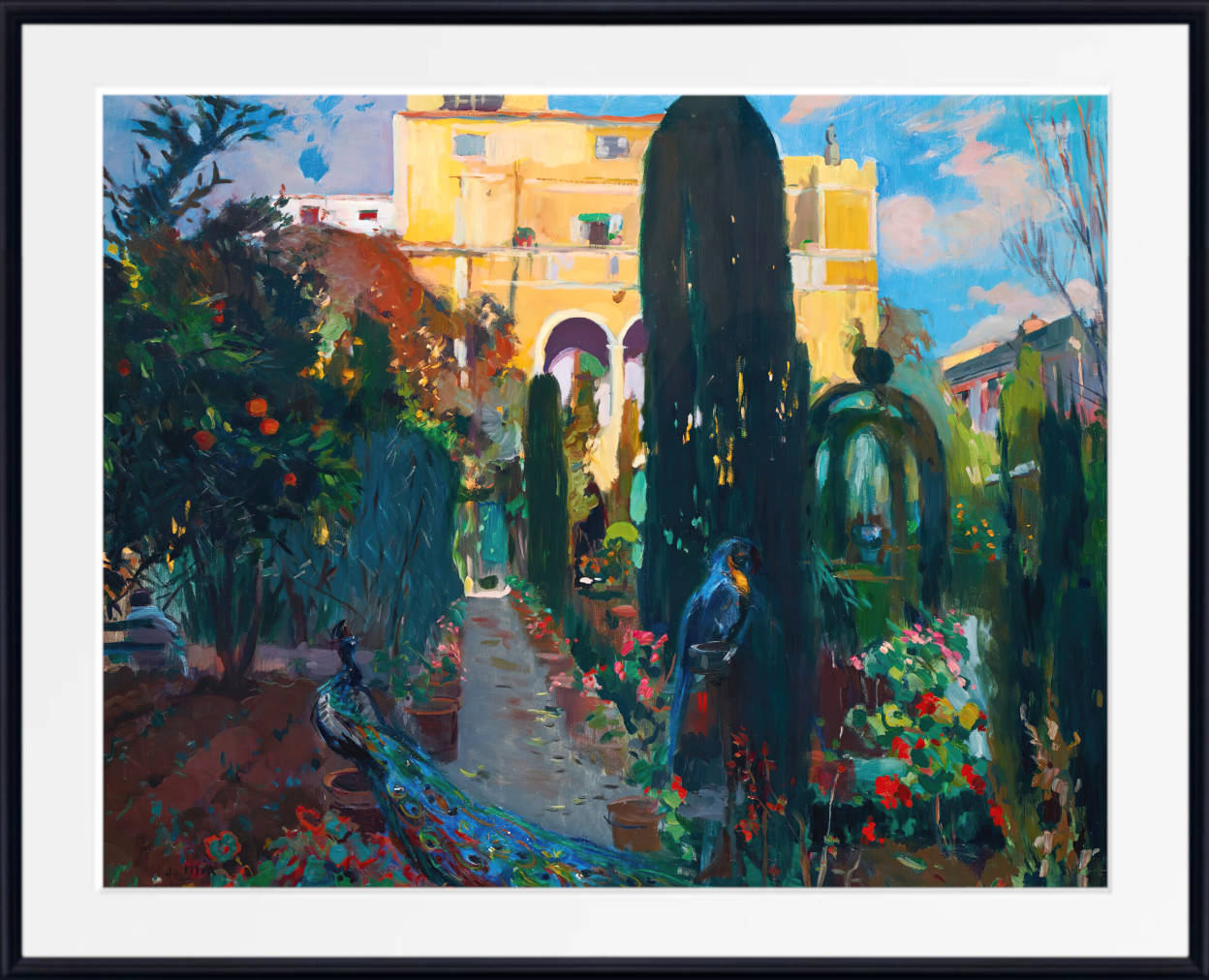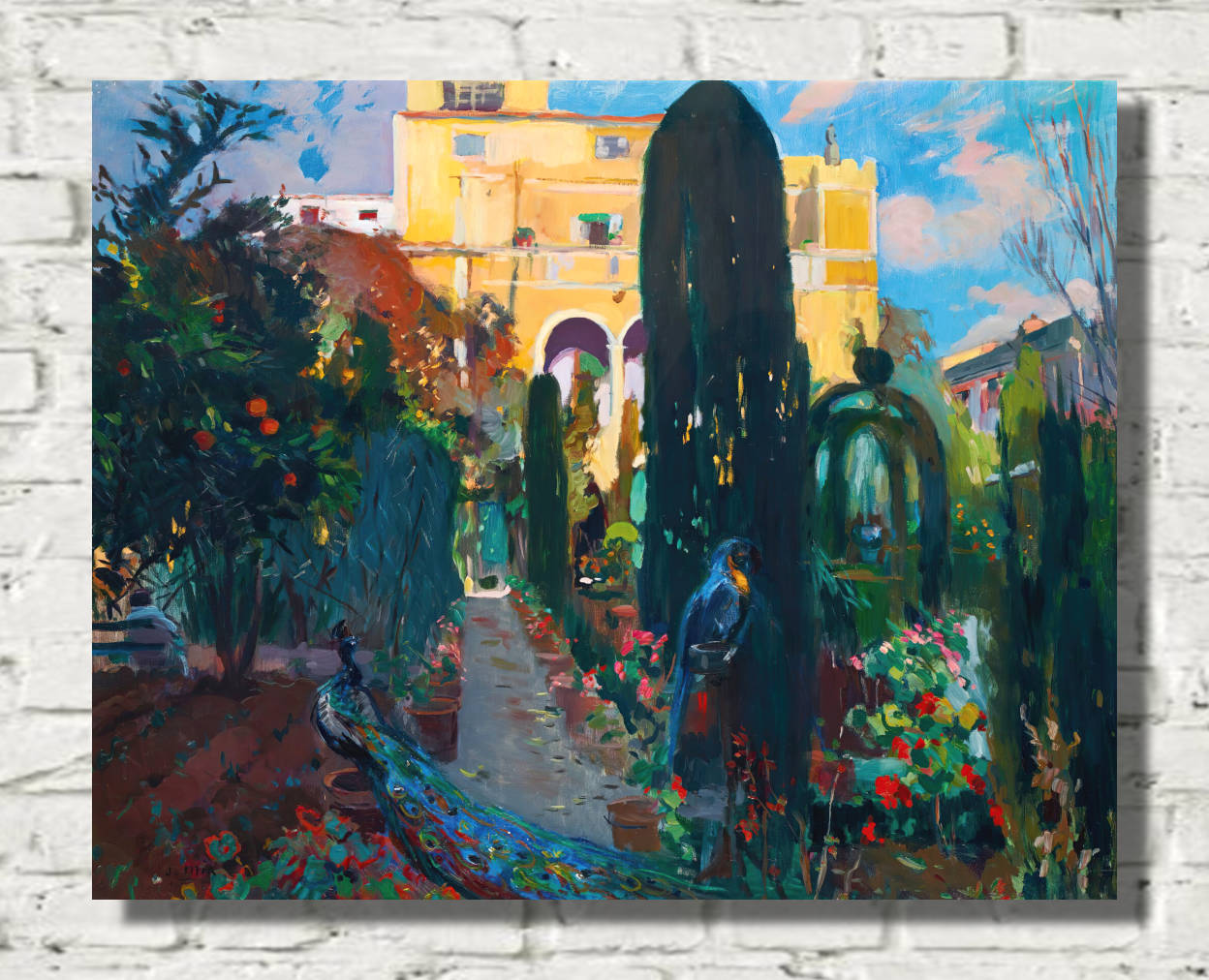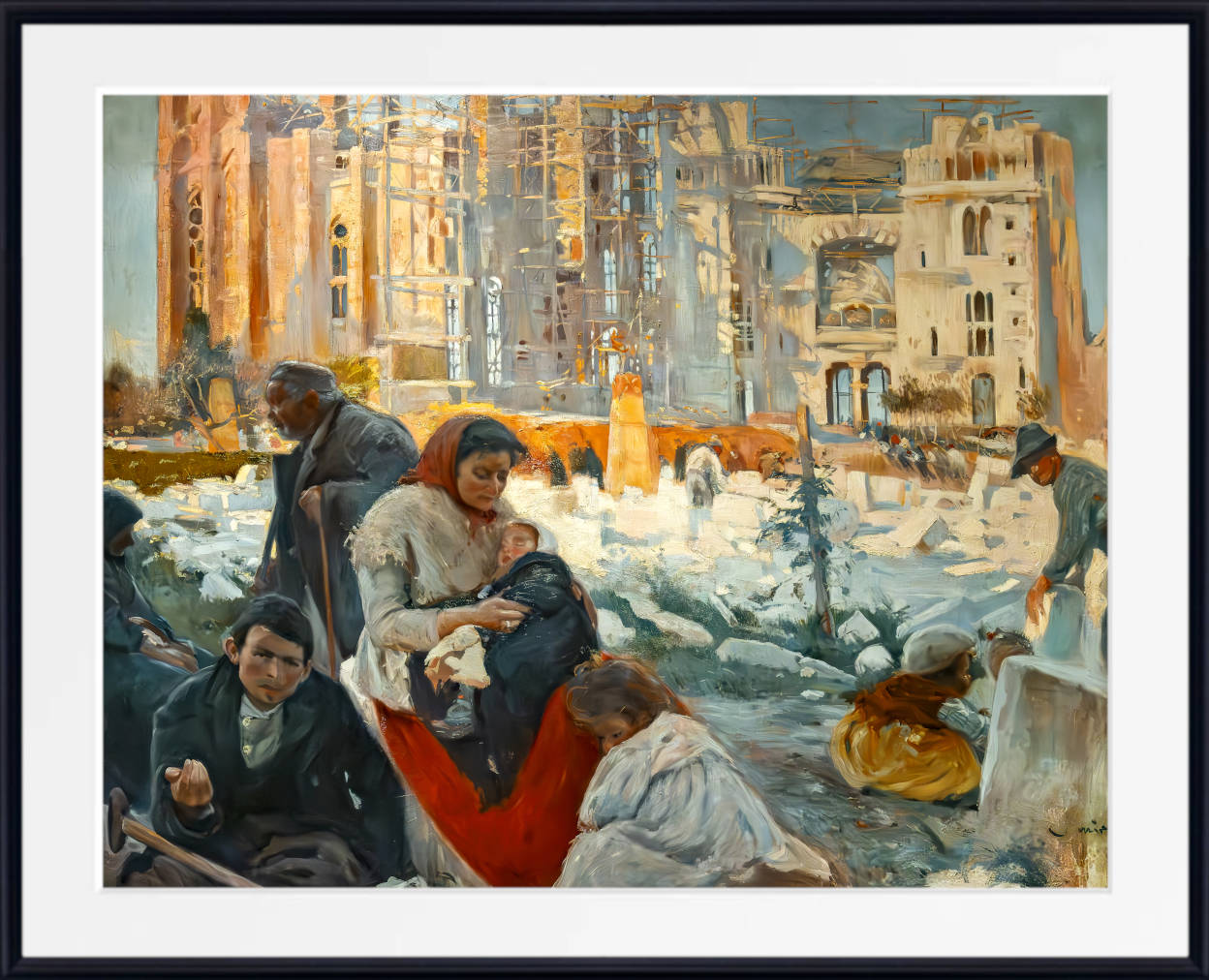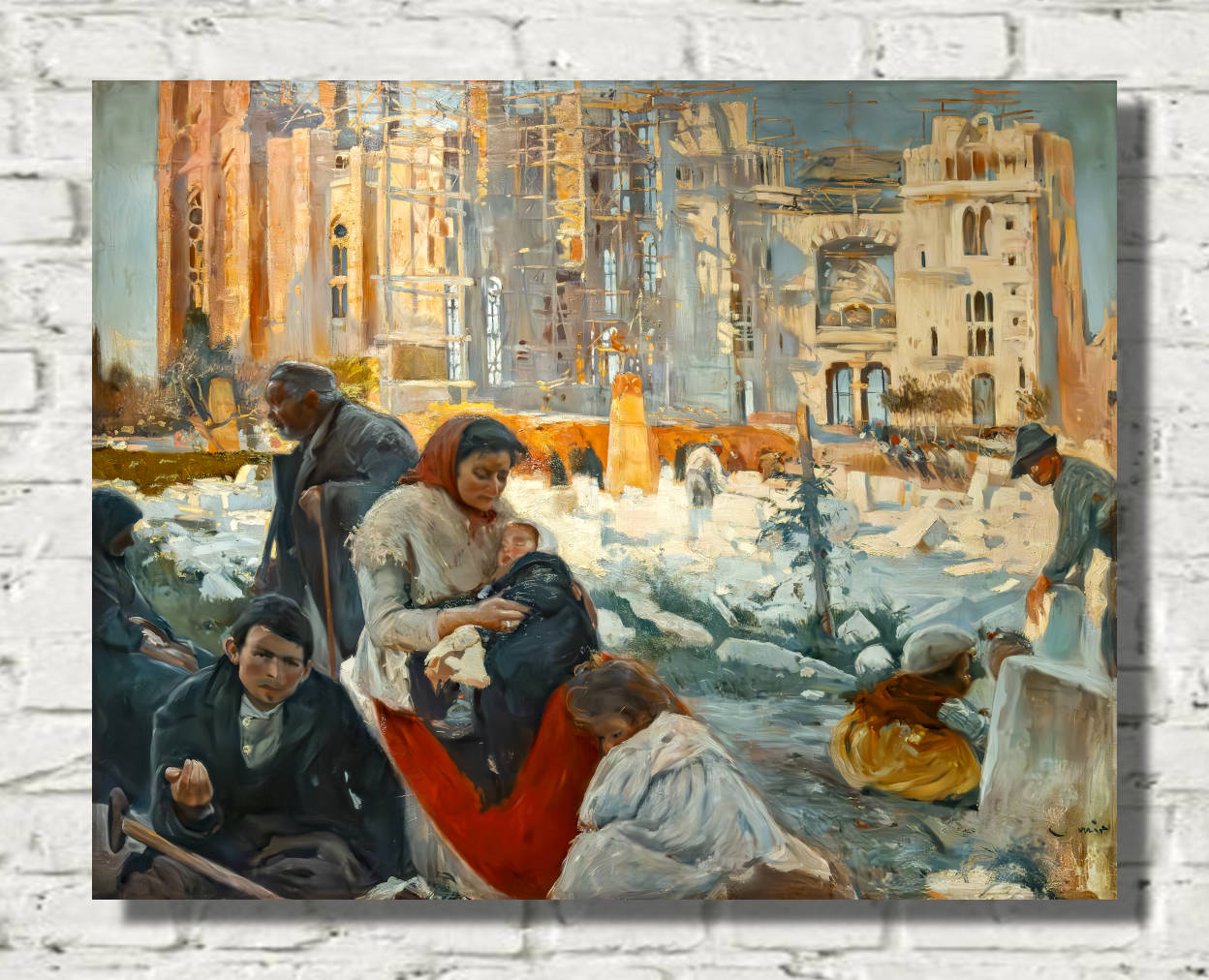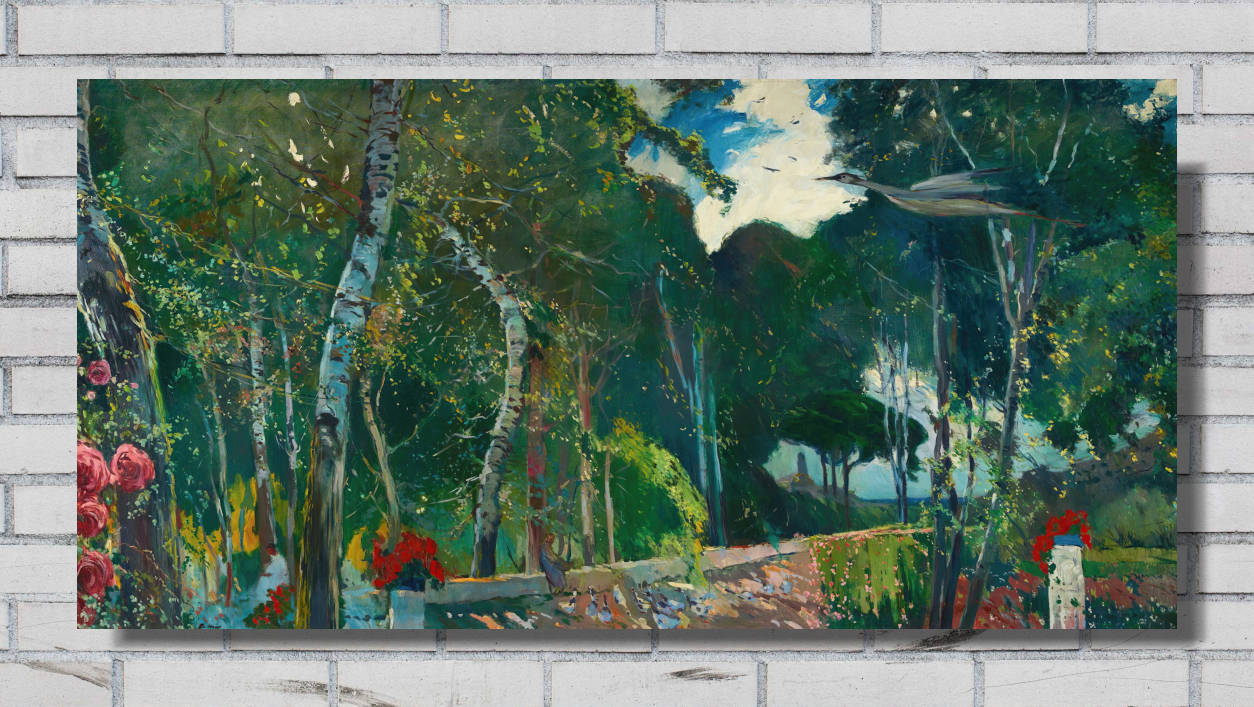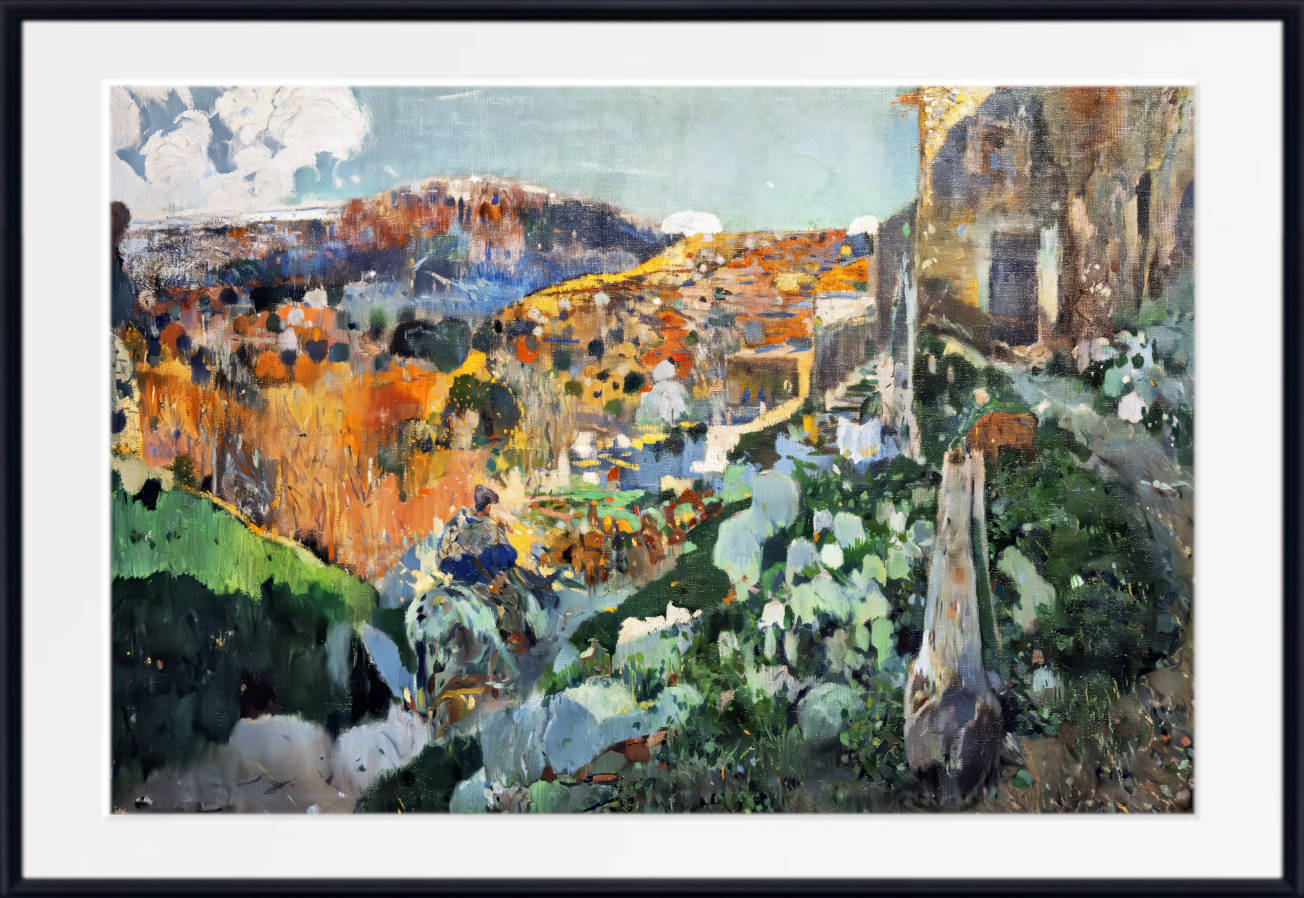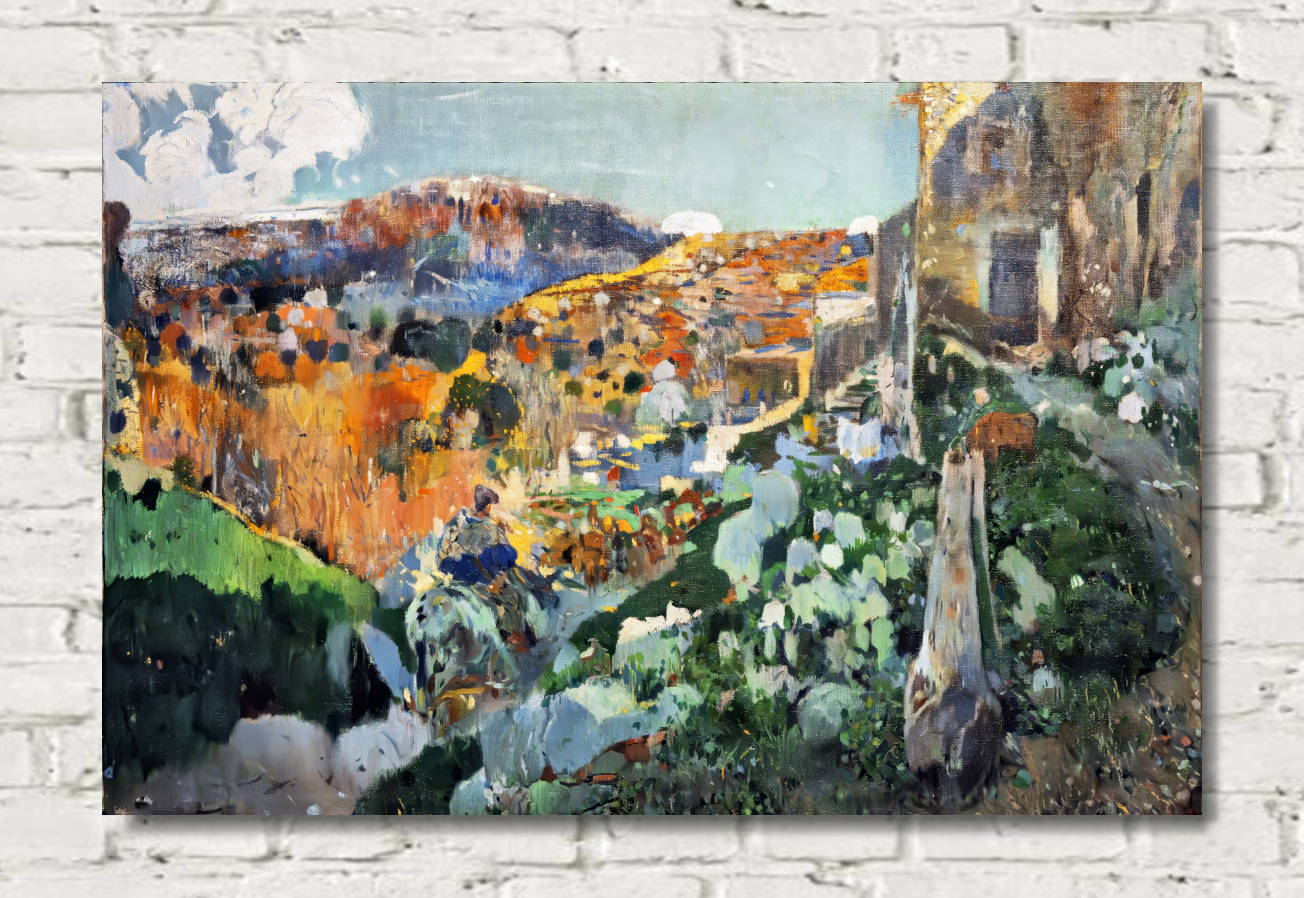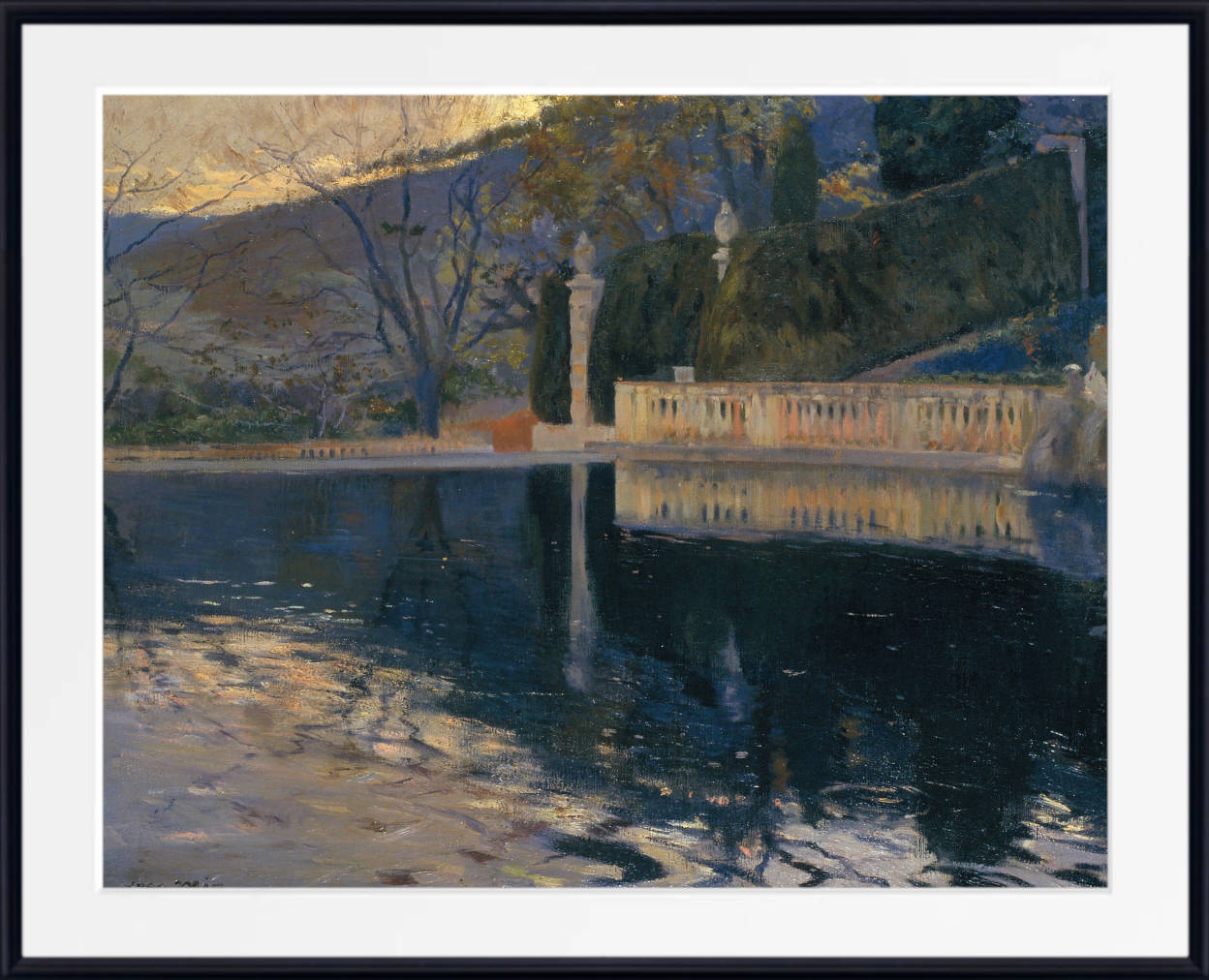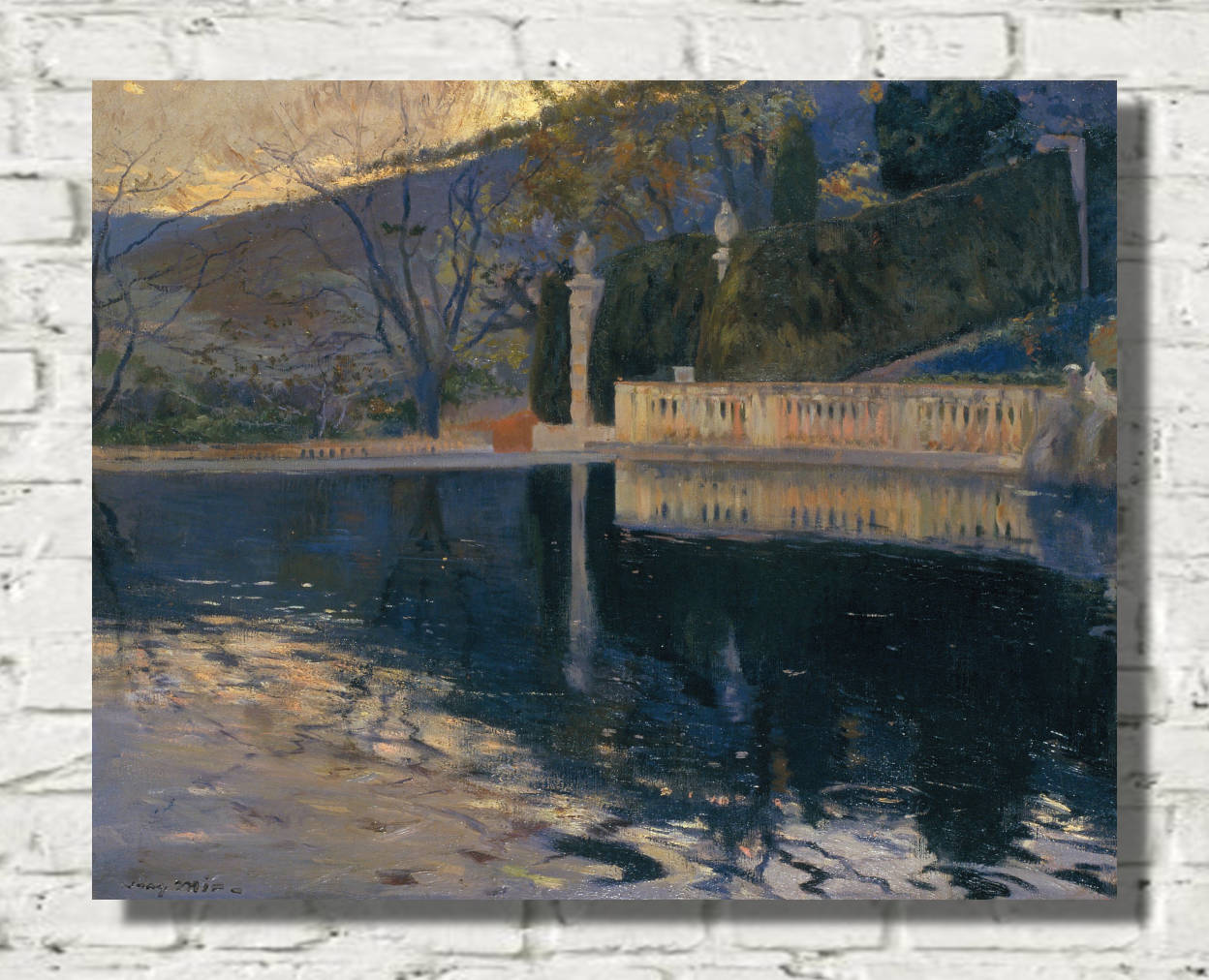Joaquín Mir Trinxet stands as one of Spain's most innovative landscape painters, whose vibrant use of color and revolutionary techniques bridged the gap between Impressionism and modern art. His unique interpretation of Mediterranean landscapes transformed the Spanish artistic panorama during the late 19th and early 20th centuries.
Early Life and Formation
Born in Barcelona in 1873, Mir Trinxet emerged from a prosperous textile family that supported his artistic pursuits from an early age. He began his formal training at the Llotja School of Fine Arts in Barcelona, where he studied under modest but competent teachers. However, it was his association with the Colla del Safrà (Saffron Group) that truly shaped his early artistic development.
Artistic Evolution and Style
Mir Trinxet developed a distinctive style characterized by:
- Explosive use of color that often departed from natural representation
- Bold, expressive brushwork that captured light and atmosphere
- Abstract interpretations of landscape elements
- Dynamic composition techniques that created movement and energy
- Innovative use of perspective and spatial relationships
His work transcended traditional landscape painting, incorporating elements of symbolism and modernism while maintaining a deep connection to nature. The artist's technique evolved from more naturalistic early works to increasingly abstract interpretations of landscape scenes.
Major Works Analysis
San Quirce De Valles
This work represents Mir's ability to transform ordinary rural scenes into spectacular color symphonies. The painting features his signature treatment of vegetation, where greens and blues intertwine in an almost musical rhythm. The church building serves as an anchor point in the composition, while the surrounding landscape appears to dance with chromatic energy.
El Mas Blau
"El Mas Blau" stands as one of Mir's most accomplished works, where his mastery of blue tones reaches its apex. The painting demonstrates his ability to create depth through color gradation, with the blue farmhouse serving as both subject and symbolic element. The surrounding landscape dissolves into abstract patterns while maintaining recognizable forms, showcasing his unique balance between representation and abstraction.
Paisaje Mallorquín Con Naranjos
Created during his transformative period in Mallorca, this painting captures the Mediterranean light and atmosphere through vibrant orange groves set against azure skies. The work demonstrates Mir's advanced understanding of complementary colors and his ability to create luminosity through contrasting tones. The orange trees are rendered with loose, expressive brushstrokes that suggest rather than delineate their forms.
Technical Innovations
Mir Trinxet's technical innovations included:
- Development of a unique color palette that emphasized blues and greens
- Creation of texture through layered brushwork
- Use of white primers to enhance luminosity
- Integration of abstract elements within naturalistic settings
- Employment of dramatic perspectives and viewpoints
Legacy and Influence
Mir's influence extends beyond his immediate contemporaries, affecting generations of Spanish landscape painters. His work bridged the gap between traditional landscape painting and modern abstraction, paving the way for future innovations in Spanish art.
References
- Fontbona, Francesc. (2006). "Joaquim Mir: Una Nueva Visión del Paisaje." Barcelona: Editorial Polígrafa.
- Carmen Pena López. (1998). "Joaquín Mir y el Color del Mediterráneo." Madrid: Museo Nacional Centro de Arte Reina Sofía.
- Josep María Garrut. (1989). "Dos Siglos de Pintura Catalana." Barcelona: Ibérico Europea de Ediciones.
- Teresa-M. Sala. (2011). "El Modernismo Catalán: Un Entusiasmo." Madrid: Fundación Mapfre.
- Roland Sierra i Farreras. (2004). "Joaquim Mir i el Modernisme." Barcelona: Publicacions de l'Abadia de Montserrat.

